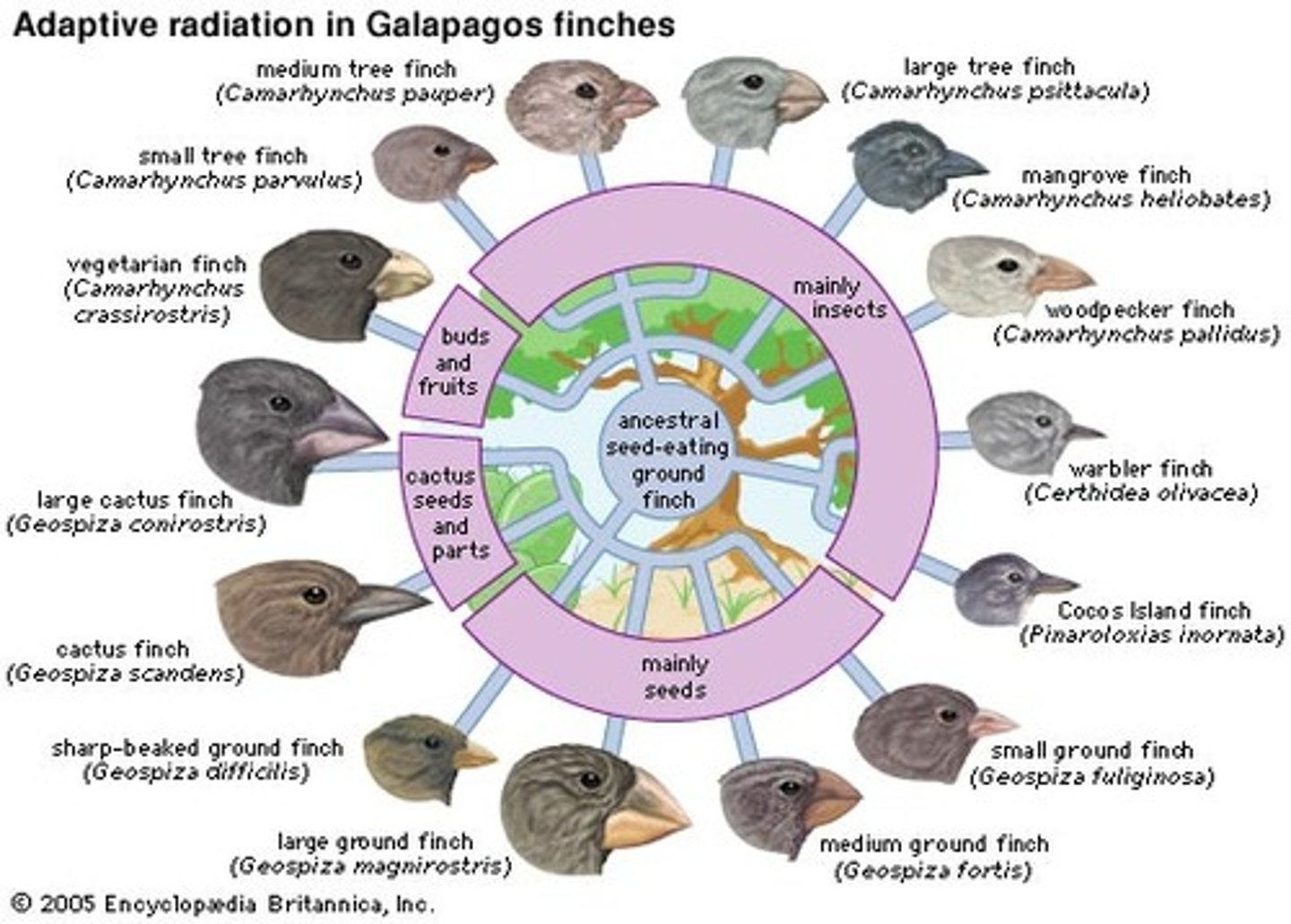Honors Biology: Unit 10 - Evolution
1/47
There's no tags or description
Looks like no tags are added yet.
Name | Mastery | Learn | Test | Matching | Spaced |
|---|
No study sessions yet.
48 Terms
Evolution
Change in a kind of organism over time; process by which modern organisms have descended from ancient organisms. It is the change in the genetic makeup of organisms over a long period of time. It can be proven with Fossil Records, Similar Anatomy, Embryological Similarities, and Biochemistry.
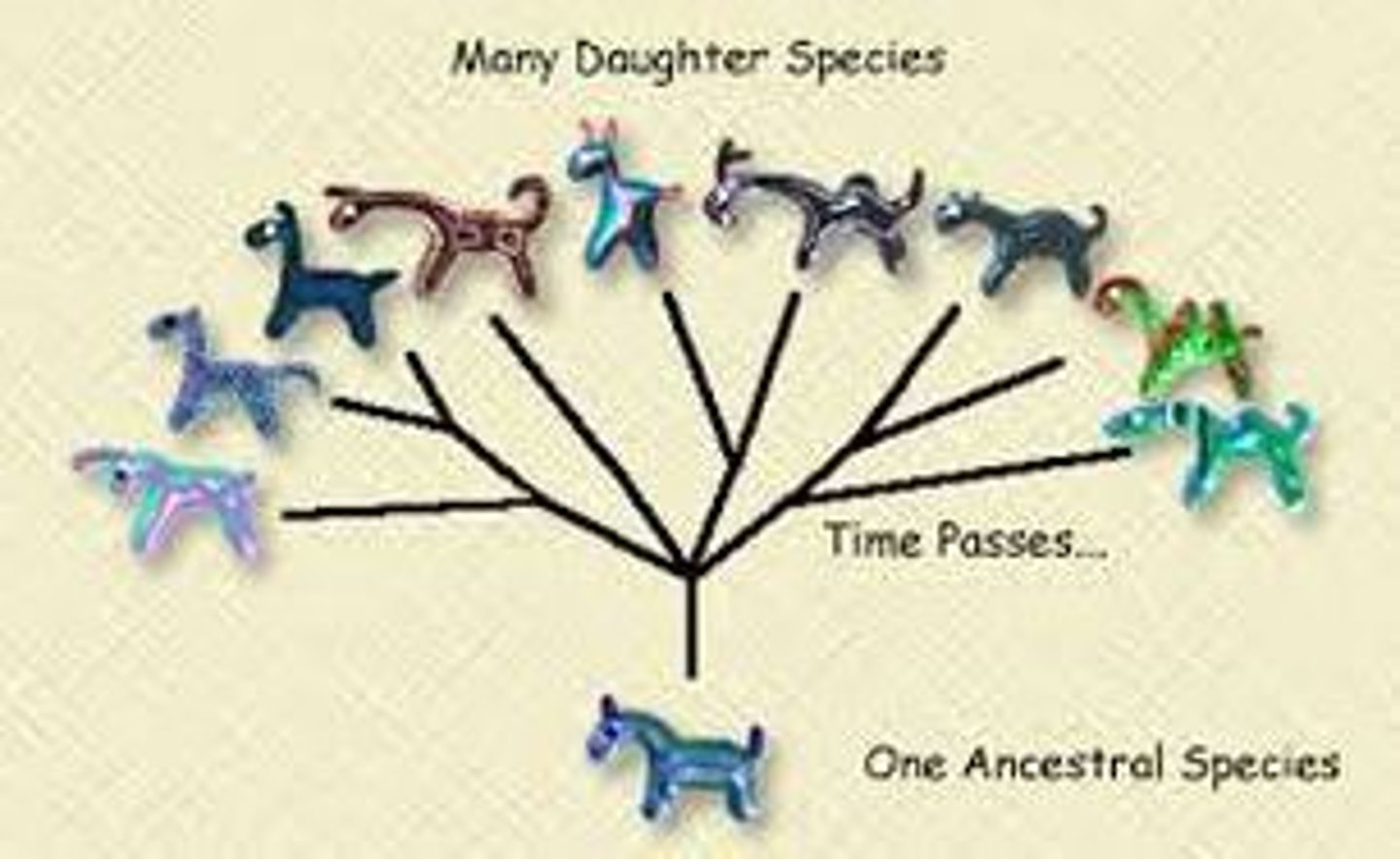
Jean-Baptiste Lamarck
A French biologist who hypothesized that the bodies of organisms are modified by adding or removing parts and these changes are inherited by their offspring.

Charles Darwin
An English natural scientist who formulated a theory of evolution by natural selection. He studied finches and many other species in the Galápagos Islands. He wrote "On the Origin of Species by Means of Natural Selection".
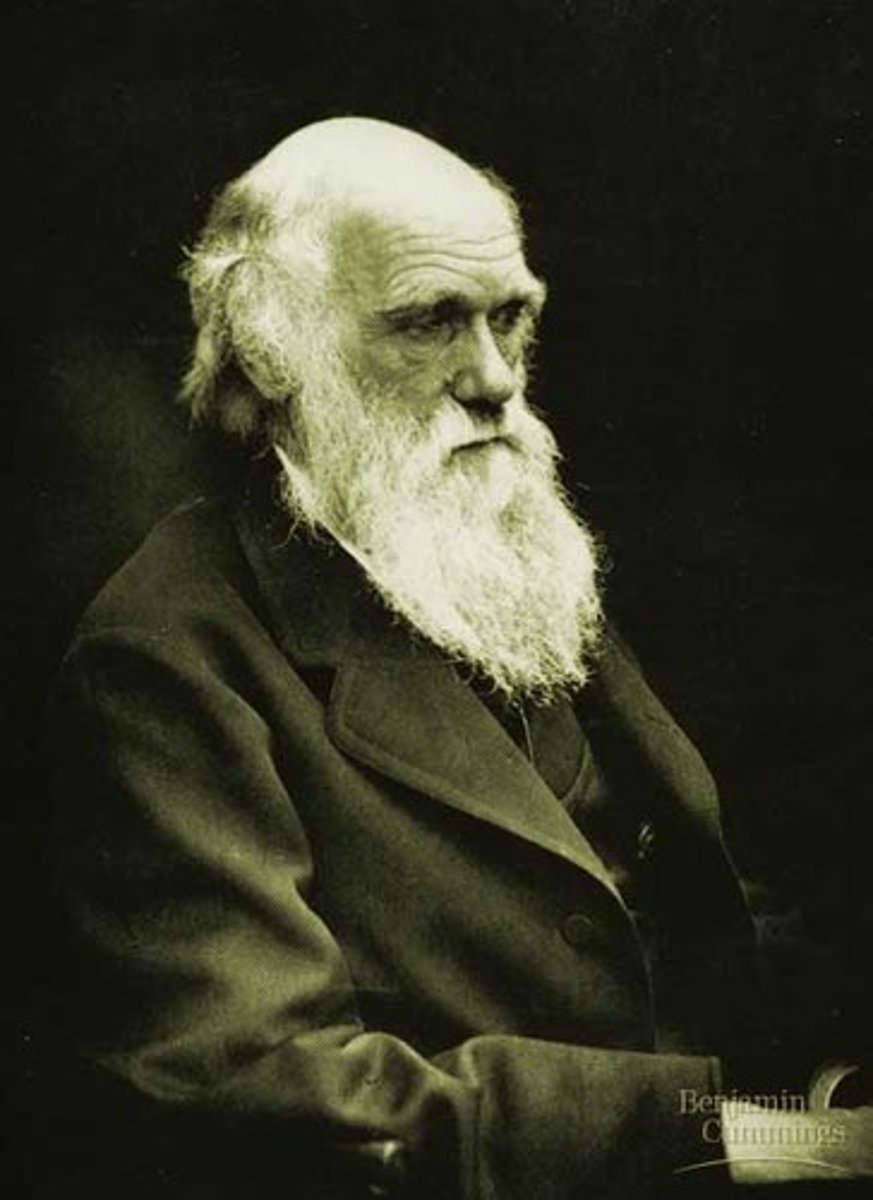
Natural Selection
A process in which individuals that have certain inherited traits tend to survive and reproduce at higher rates than other individuals because of those traits. It doesn't directly act on the genotypes of organisms, it acts on their phenotypes. If a particular phenotype is favored, the underlying genotype will also be favored.
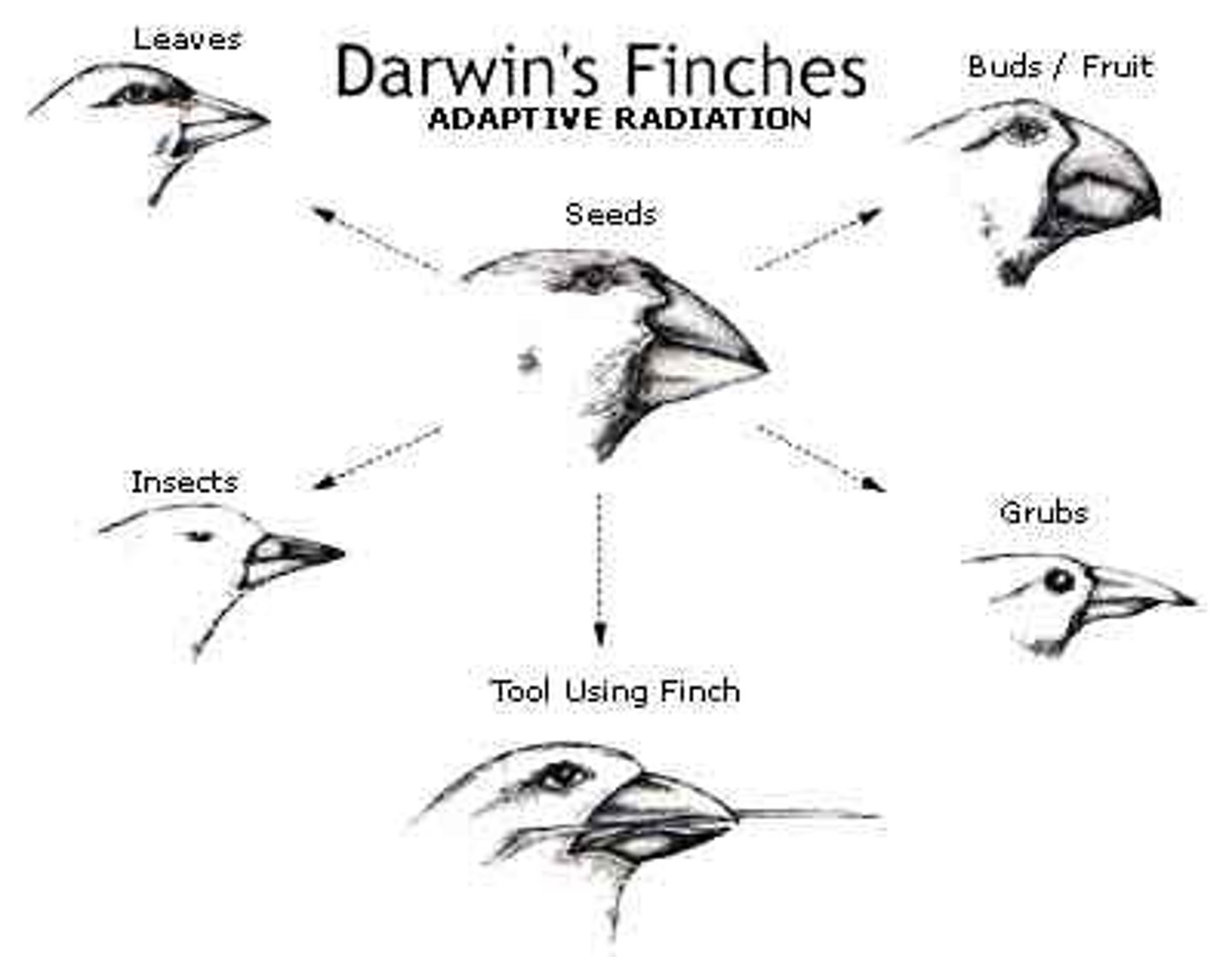
Artificial Selection
When humans selectively breed plants and animals to promote the occurrence of desirable traits in offspring.
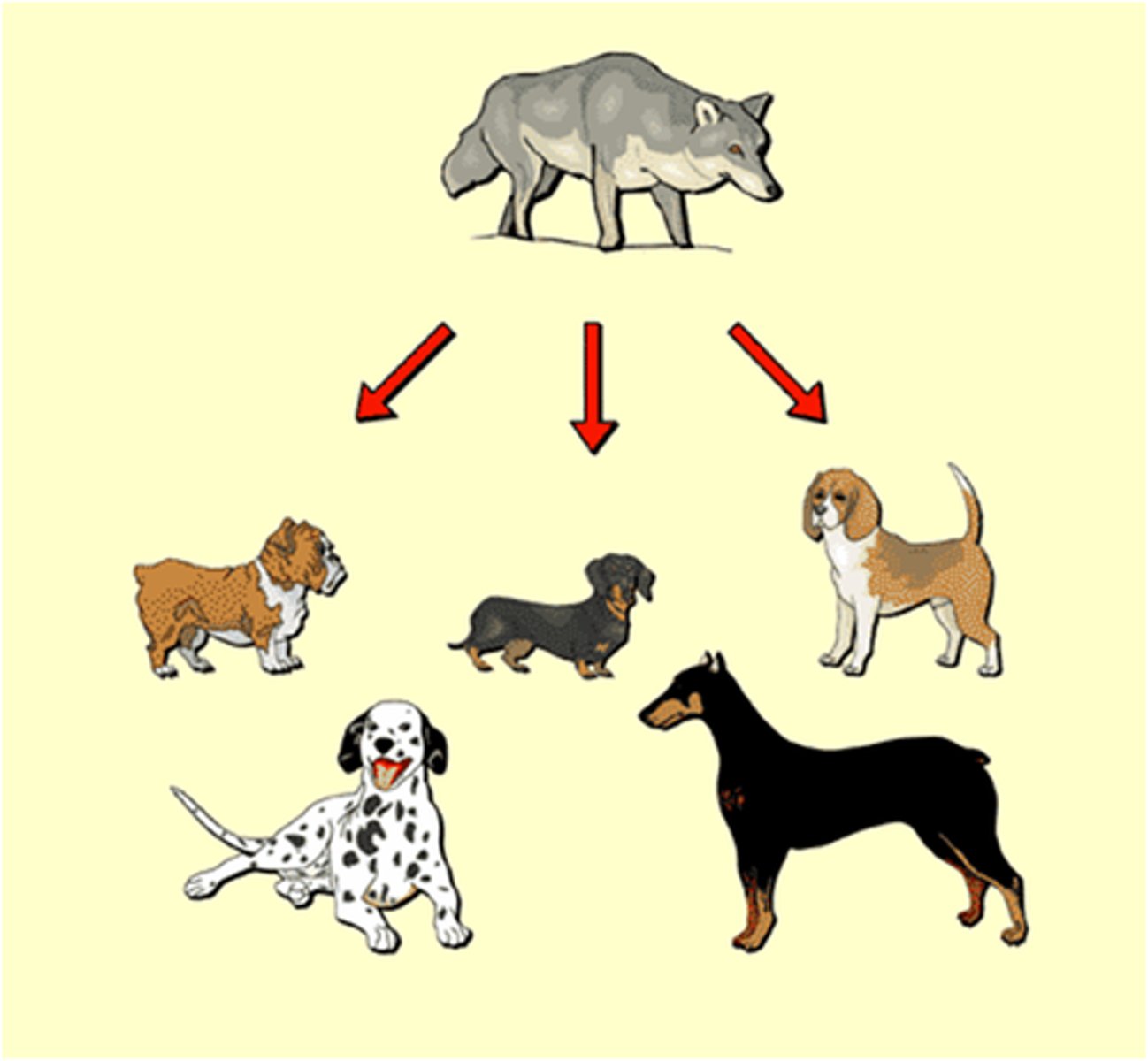
Fossil Records - Proof for Evolution
Fossils (remains of organisms from millions of years ago) can prove evolution as scientists can see how organisms have changed. This shows how organisms evolved and then had differing bodies so that they look like the modern versions.
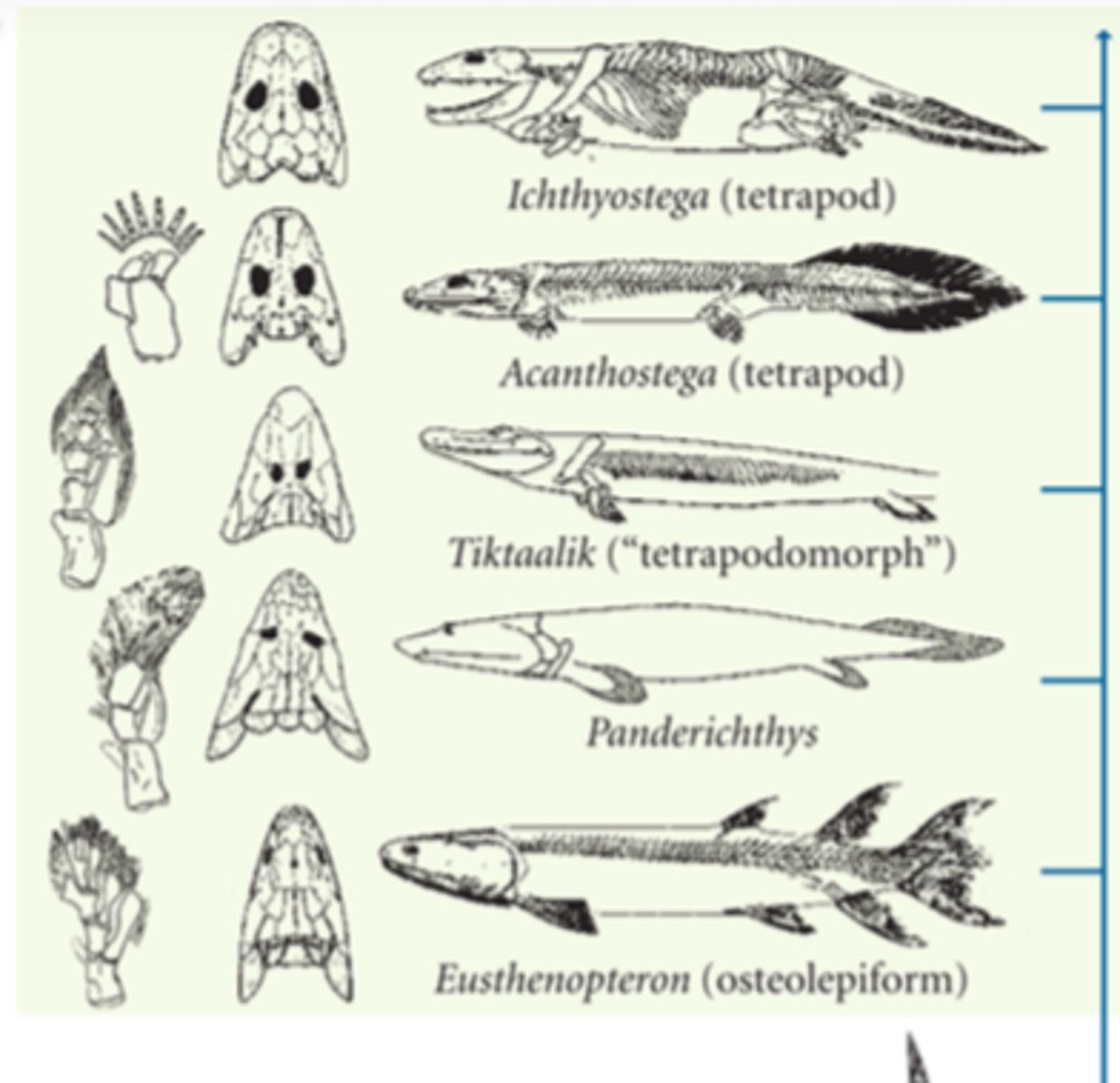
Comparative Anatomy - Proof for Evolution
When the internal anatomy of many species are similar, it proves that the species in question must be related and had to have come from a common ancestor.
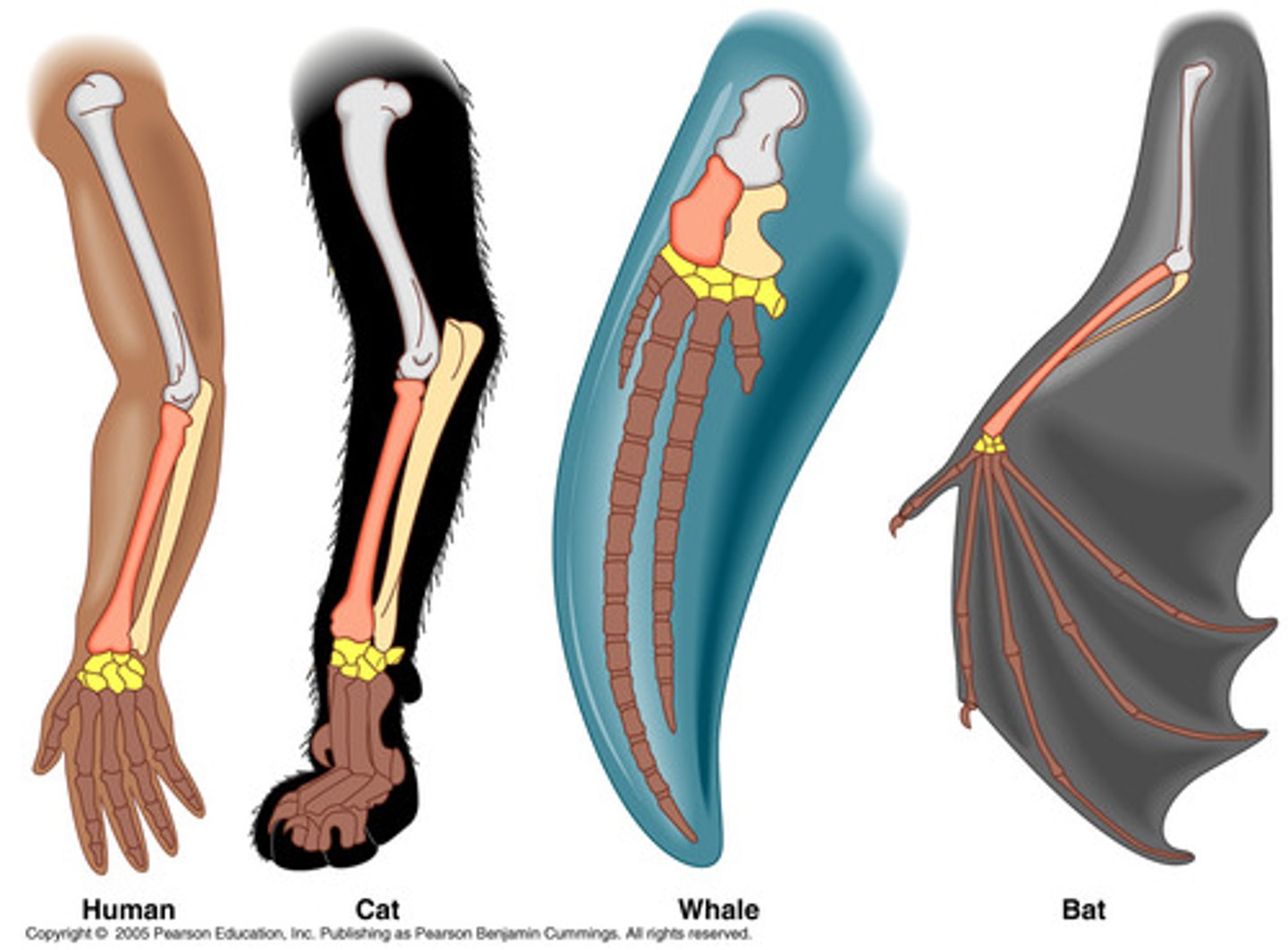
Homologous Structures
Structures in different species that are similar because of common ancestry. They may have different functions or appearance but the anatomy is same.
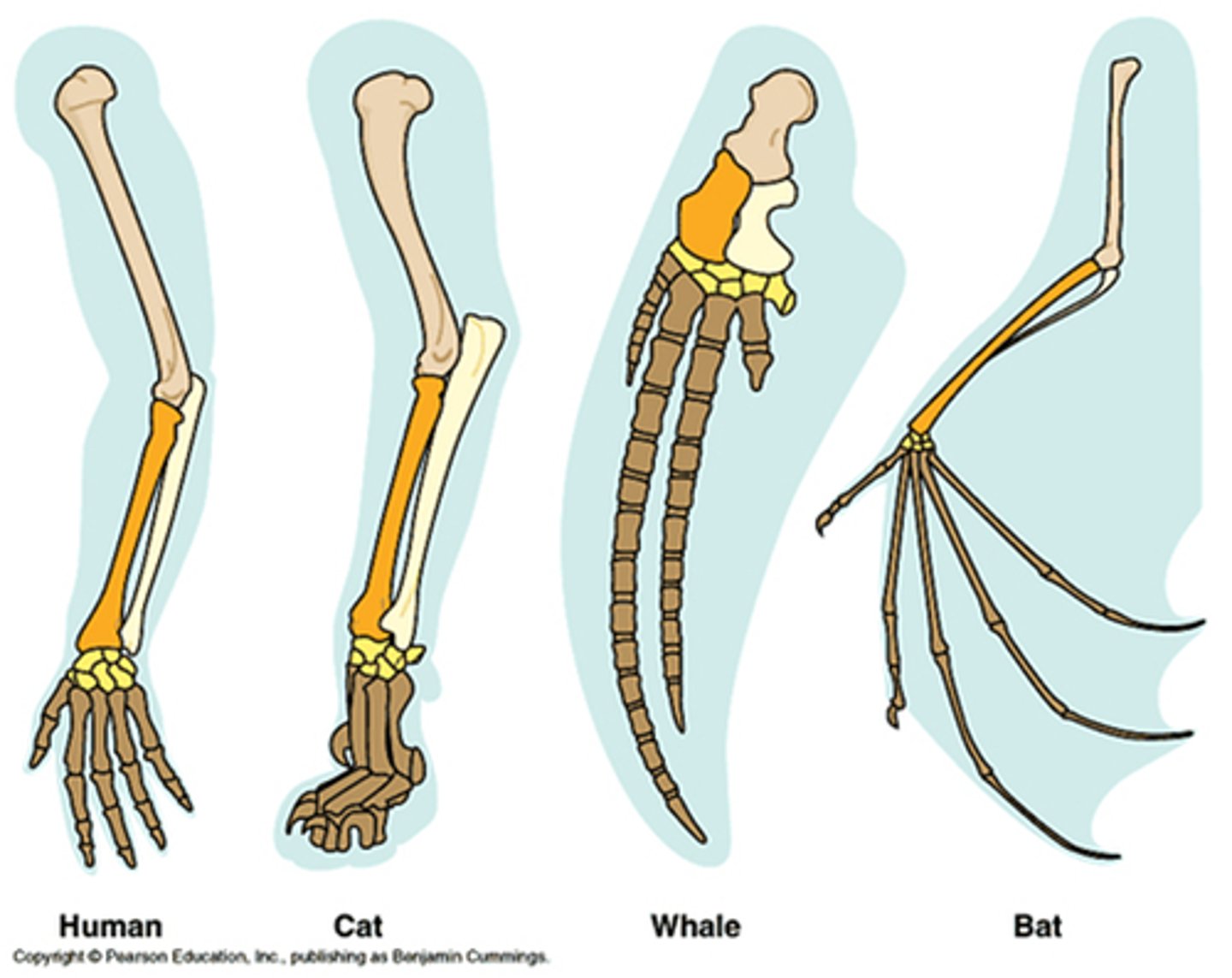
Vestigial Structures
A structure that is present in an organism but no longer serves its original purpose. Many times, vestigial structures are homologous. They may be useless in one species but are essential in others. These organs are normally organs that were once very useful in ancestors but then shrunk so much that they cannot shrink anymore.
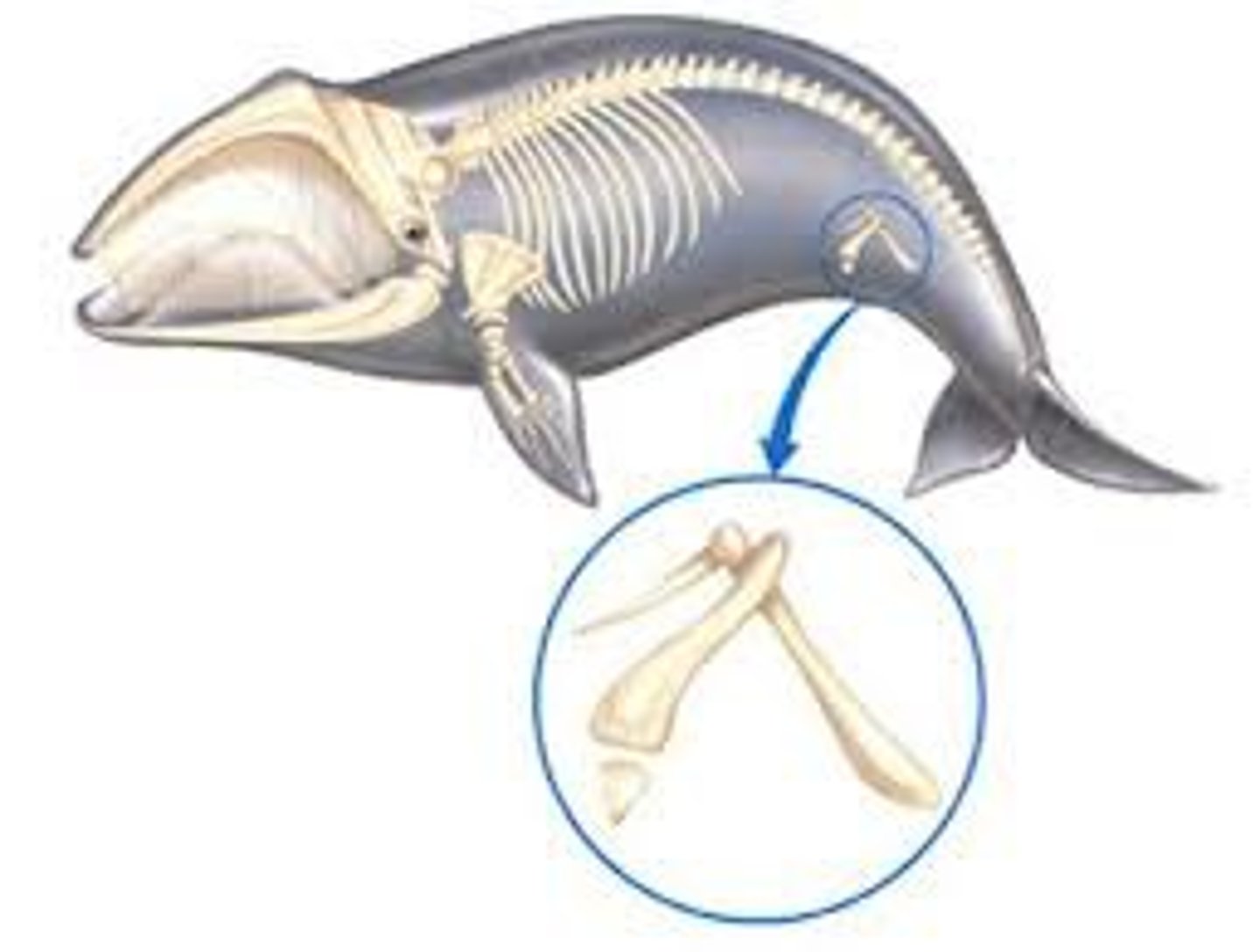
Convergent Evolution
Process by which unrelated organisms independently evolve similarities when adapting to similar environments. They form non-homologous structures, or analogous structures.
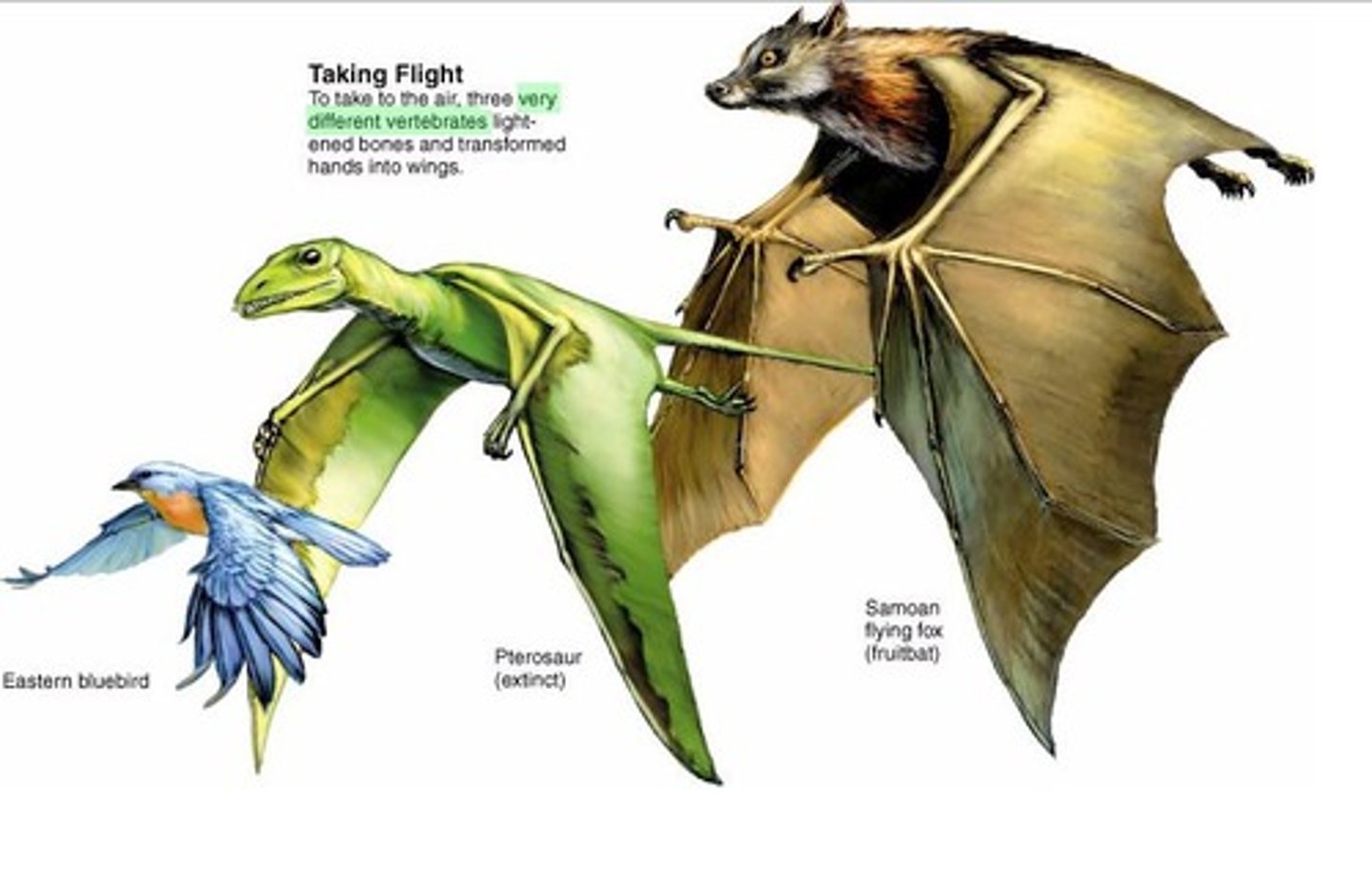
Analogous Structures
Similarities among unrelated species that result from convergent evolution. They are outwardly similar but the anatomy is different.

Embryological Similarities - Proof for Evolution
Similarities in the embryonic stage of development between different species. Most commonly, vertebrates look very similar during embryonic stages and many vestigial structures and structures that do not exist in their grown versions develop slightly. This means that the ancestral vertebrates had genes for the development of these structures. And, for some, the gene remains active built for others, they deactivate.
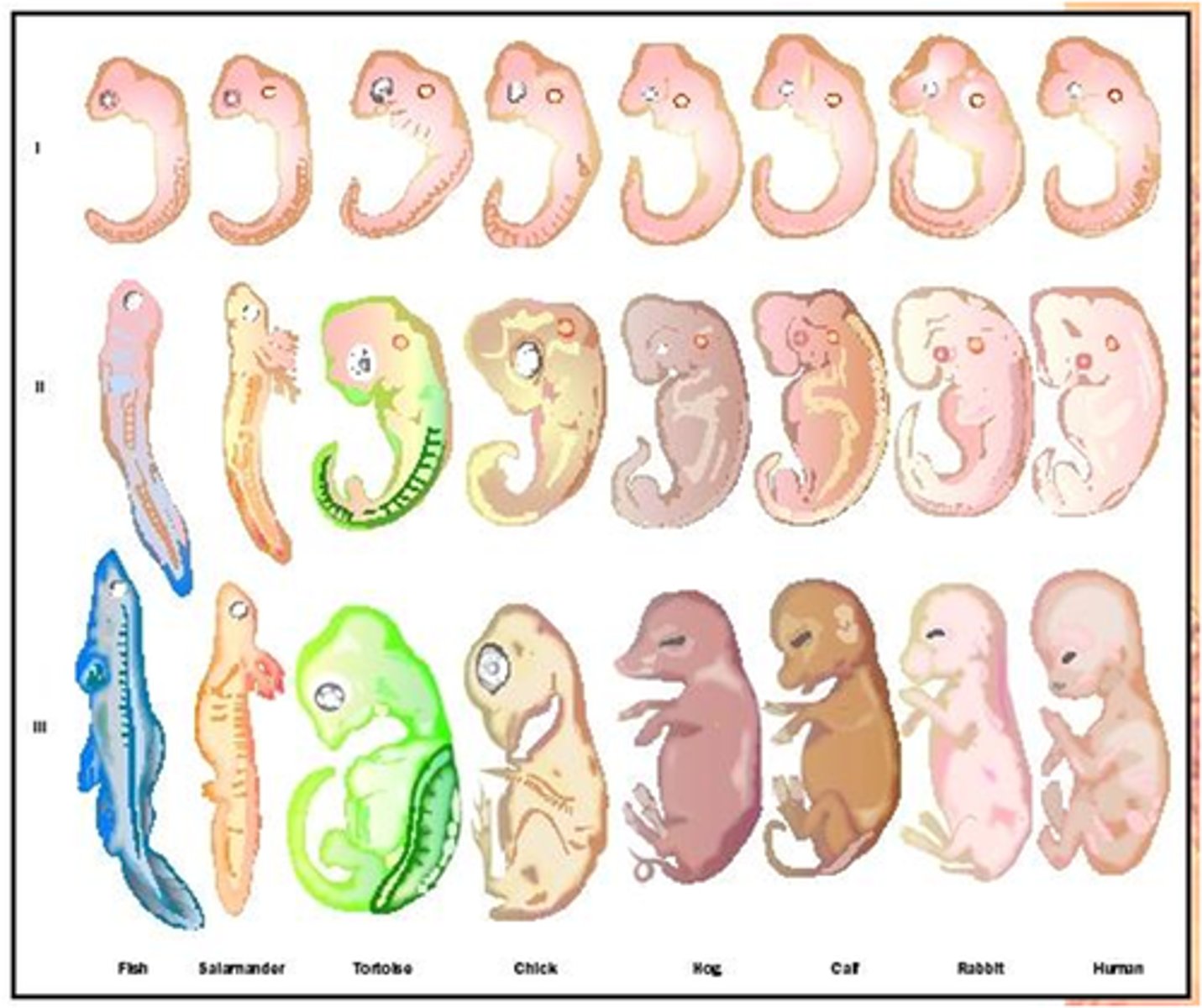
Biochemistry - Proof for Evolution
The analysis of DNA sequences and molecules in different sequences. In the sequences of unrelated organisms, only slight differences in the nucleotides exist. And, many of the same molecules are in many different species, called homologous molecules. Among different species, DNA, RNA, ribosomes, same genetic code, same 20 amino acids, and ATP exist. As they all have so many similarities, they must've come from a common ancestor with all of these.
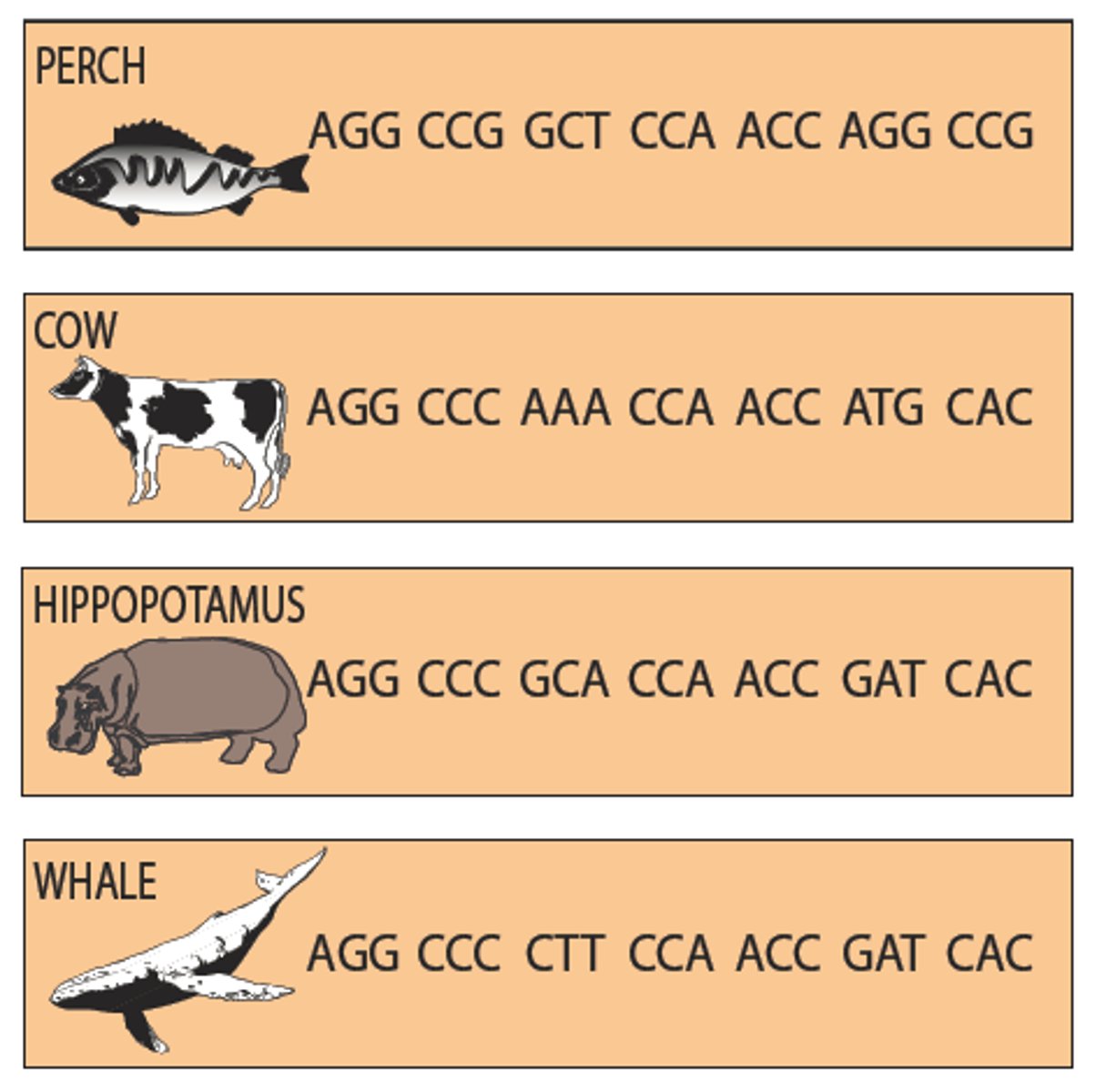
Gene Pool
Combined genetic information of all the members of a particular population. It is imaginary and is used to help think about population genetics and evolution.
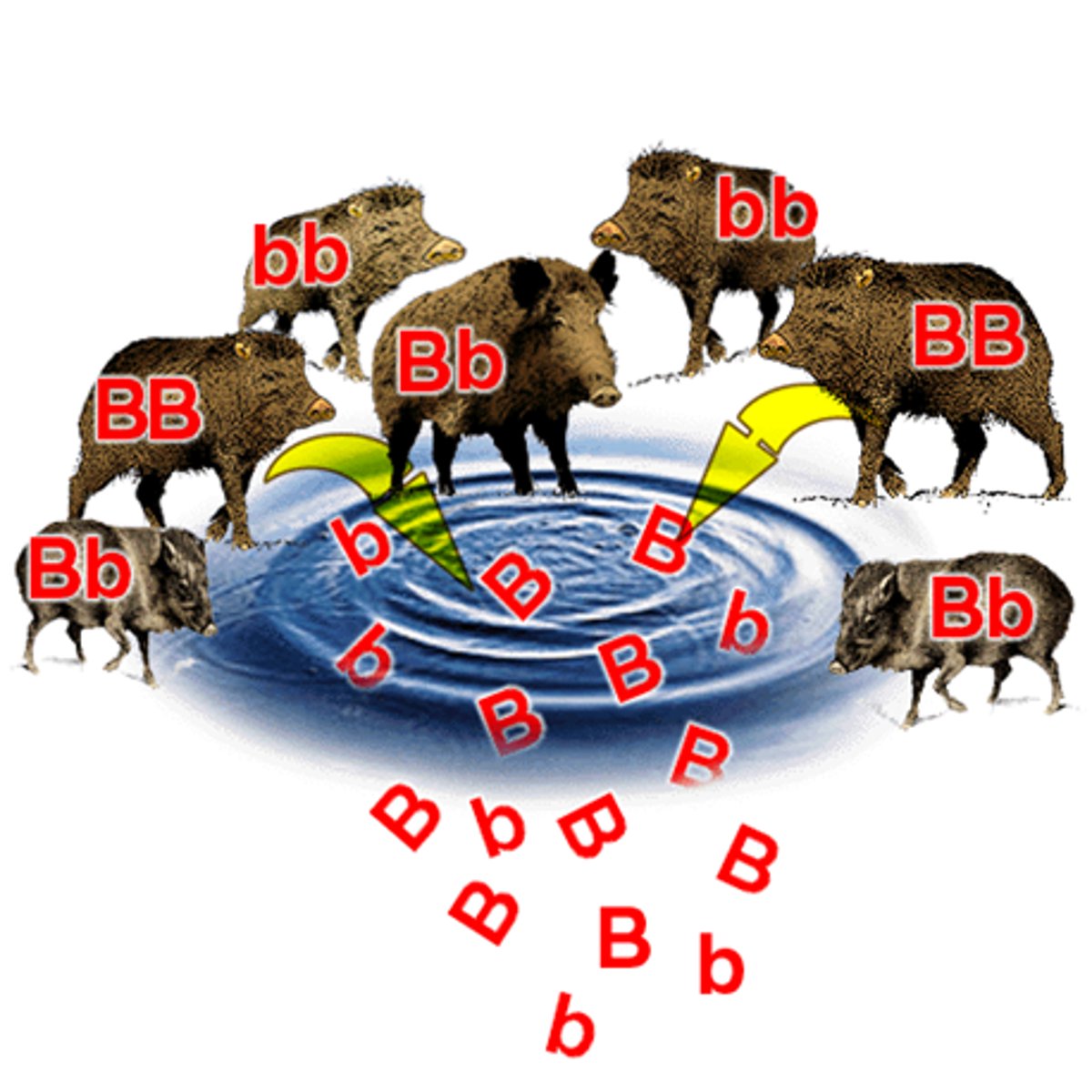
Allele Frequency
Number of times that an allele occurs in a gene pool compared with the number of alleles in that pool for the same gene. (Desired allele type)/(Total alleles in gene pool).
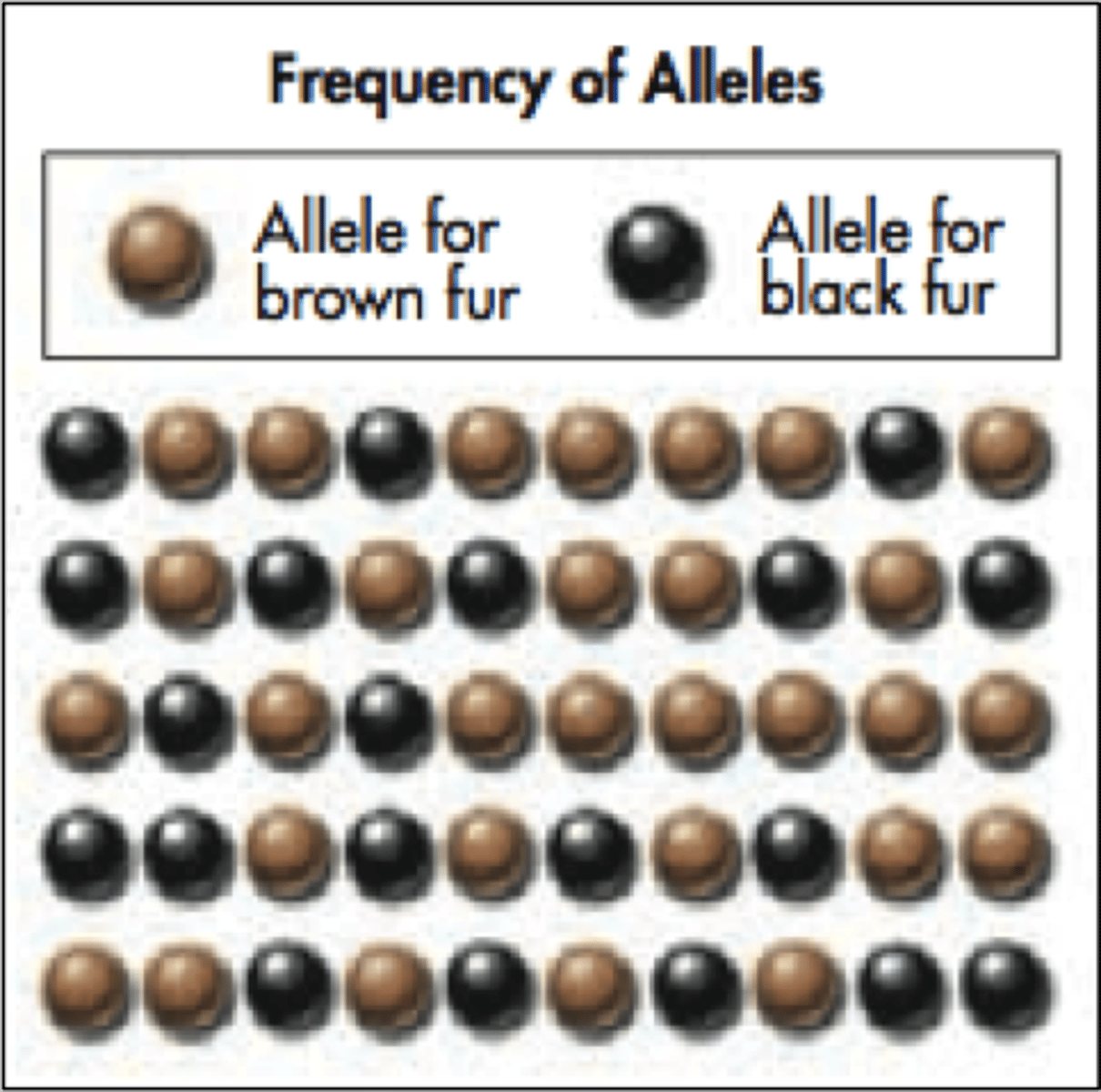
Hardy-Weinberg Principle
Principle that allele frequencies in a population will remain constant unless one or more factors cause the frequencies to change. It takes place in an equilibrium population. Uses 2 equations in which p is the allele frequency of the dominant allele and q is the allele frequency of the recessive allele. p^2 is the frequency of the homozygous dominant genotype, 2pq is the frequency of the heterozygous genotype, and q^2 is the frequency of the homozygous recessive genotype. The 2 equations are:
p + q = 1
p^2 + 2pq + q^2 = 1
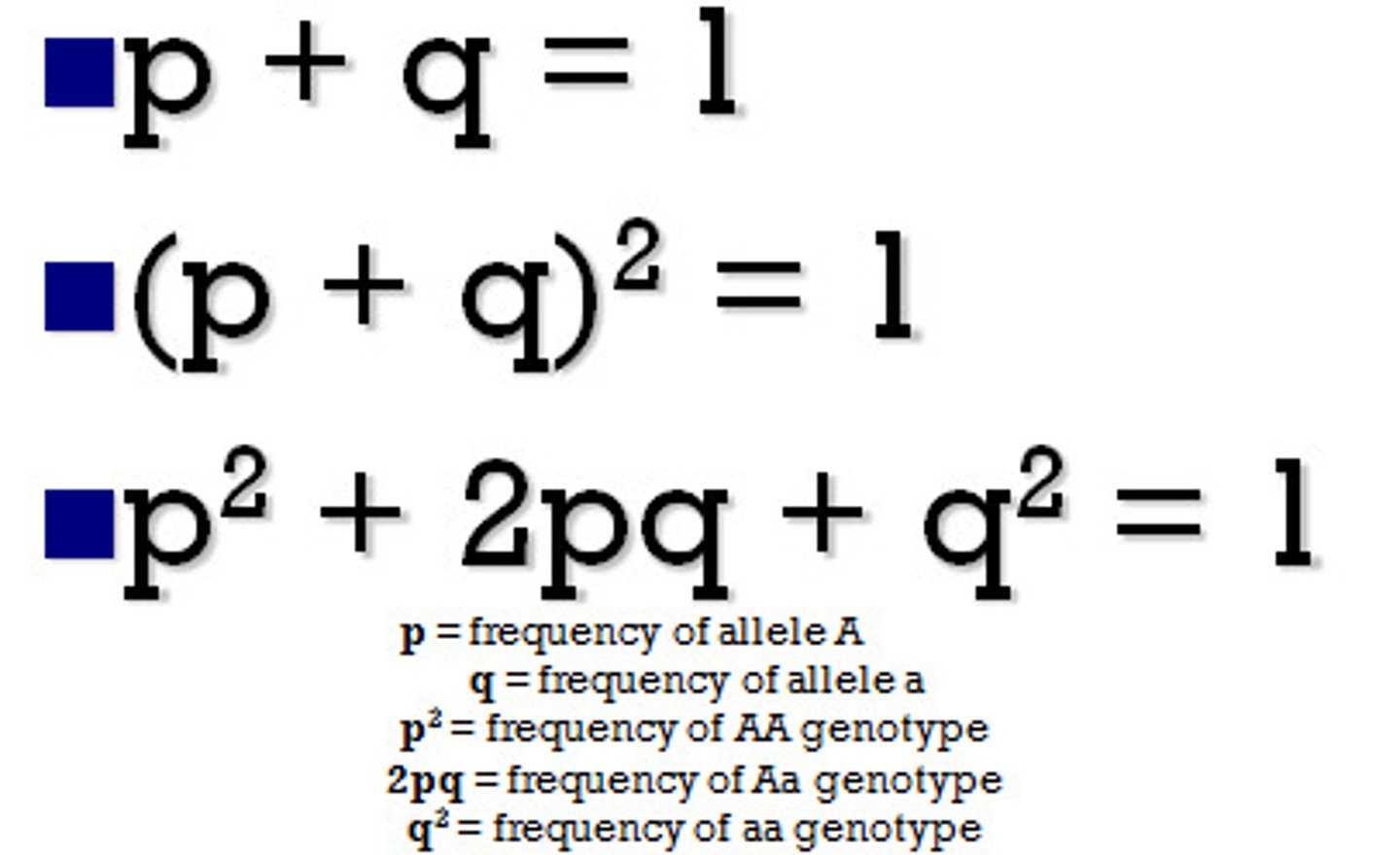
Equilibrium Population
A hypothetical population in which evolution does not occur. These 5 conditions must be satisfied for this to occur:
- No mutation
- No gene flow
- Large population
- Random mating
- No natural selection
If all of these are met, allele frequencies will not change.
Gene Flow
Movement of alleles into or out of a population due to the migration of individuals to or from the population. This causes alleles to transfer from one population to another. Eventually, the gene pools of 2 different populations will merge with enough gene flow from both populations to the other.
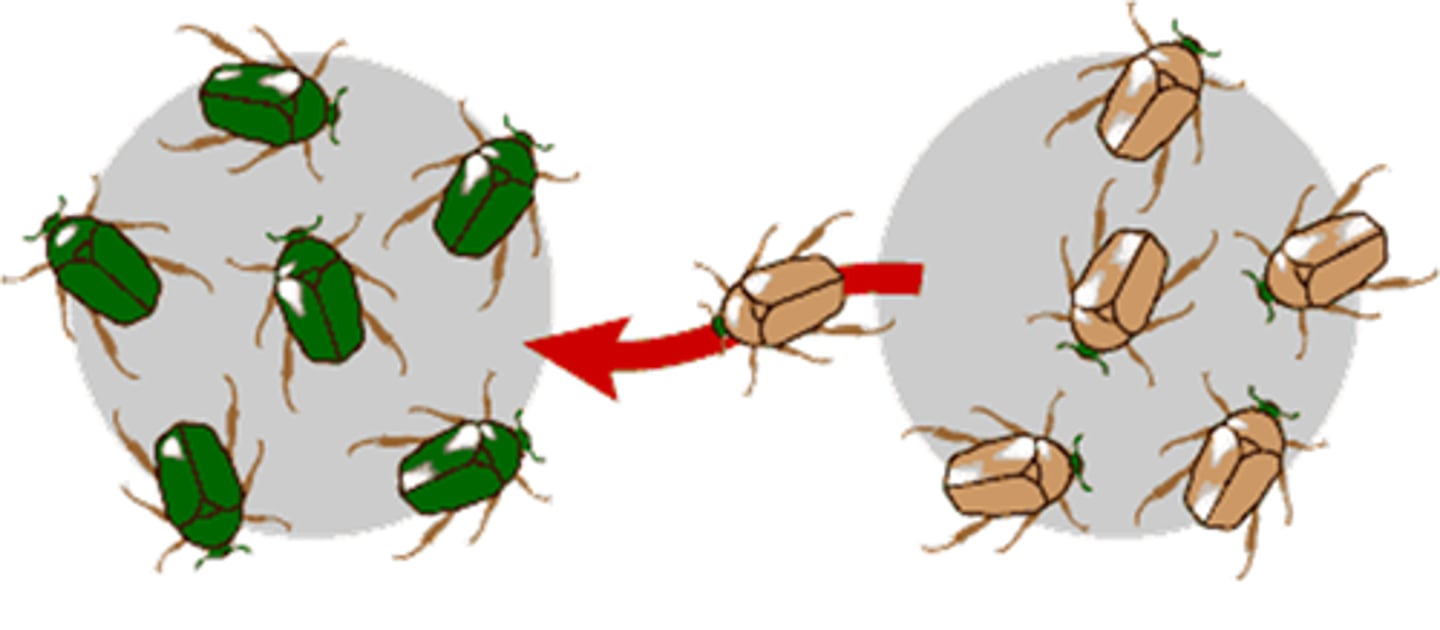
Genetic Drift
A change in the allele frequency of a population as a result of chance events rather than natural selection. Normally bad luck that prevents individuals from reproducing. It is more likely and has a greater effect in small populations. In large populations, chance won't effect the population a lot. Caused by population bottleneck and the founder effect.
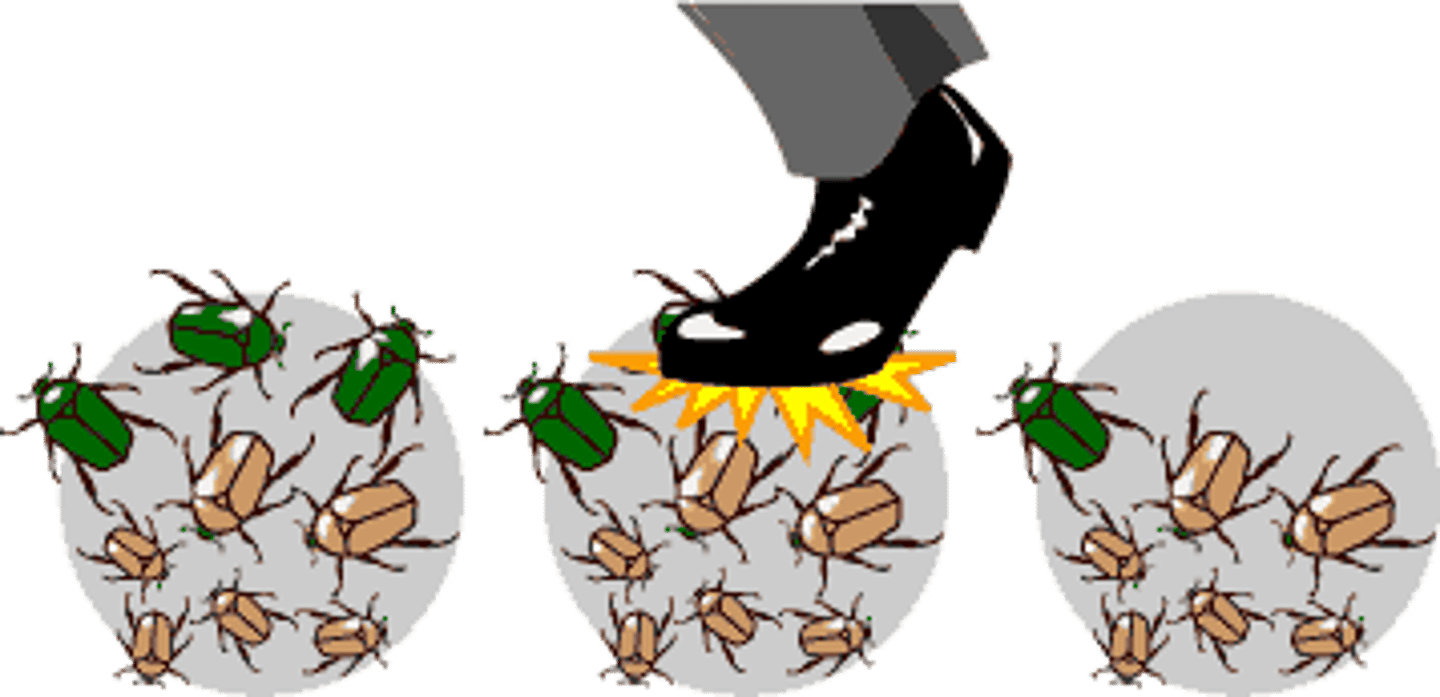
Population Bottleneck
A type of genetic drift in which population size is sharply reduced due to some catastrophic event. This results in a very small amount of individuals being able to contribute genes to the next generation. This can change allele frequencies very quickly. And, it can reduce genetic variability by taking alleles out of the gene pool.
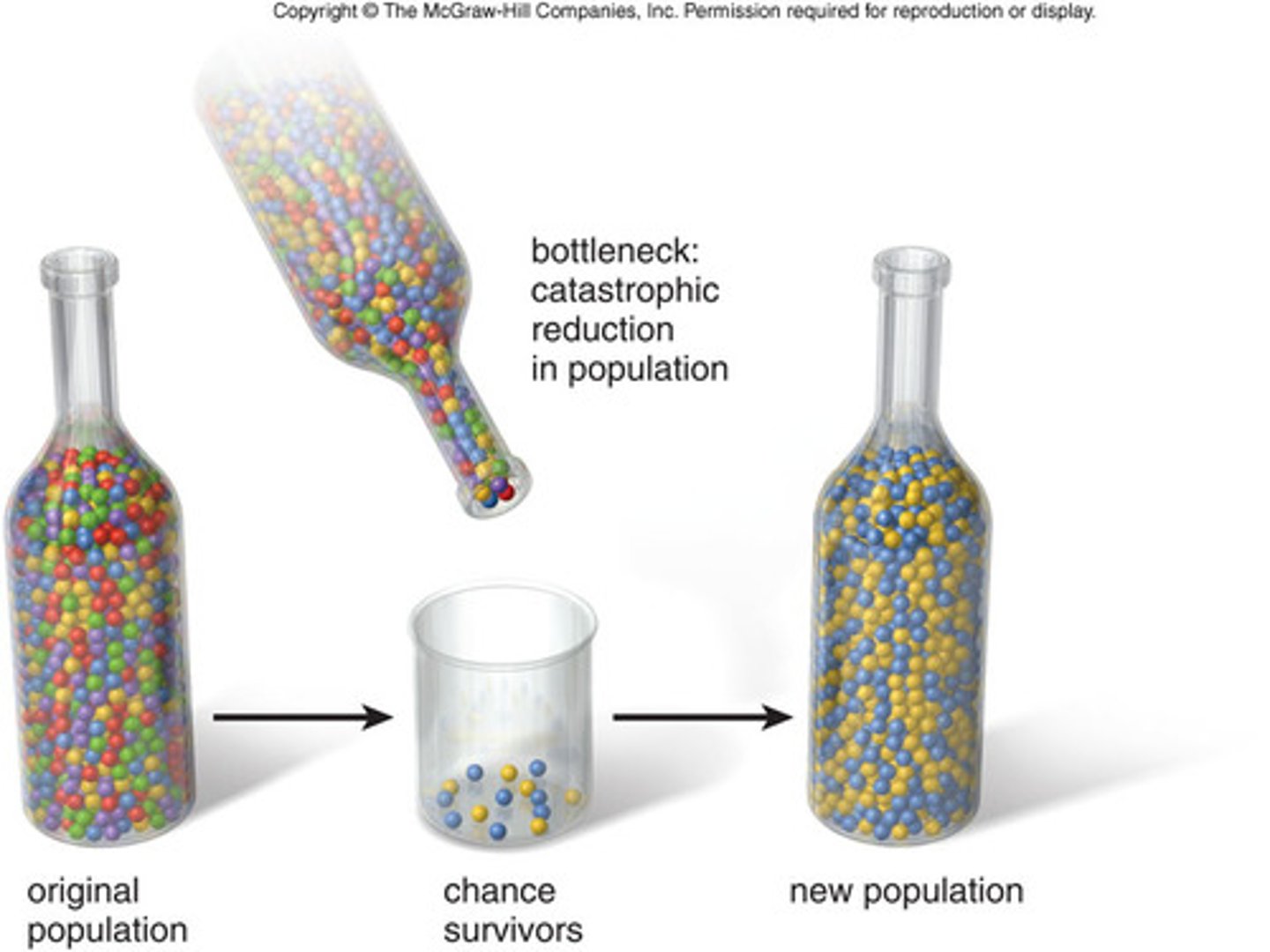
Founder Effect
A type of genetic drift that occurs when a few individuals become isolated from a larger population and form a new population whose gene pool composition is not reflective of that of the original population. Since the population will be small after this, a single occurrence of an allele will be carried by a large amount of the population in later generations.
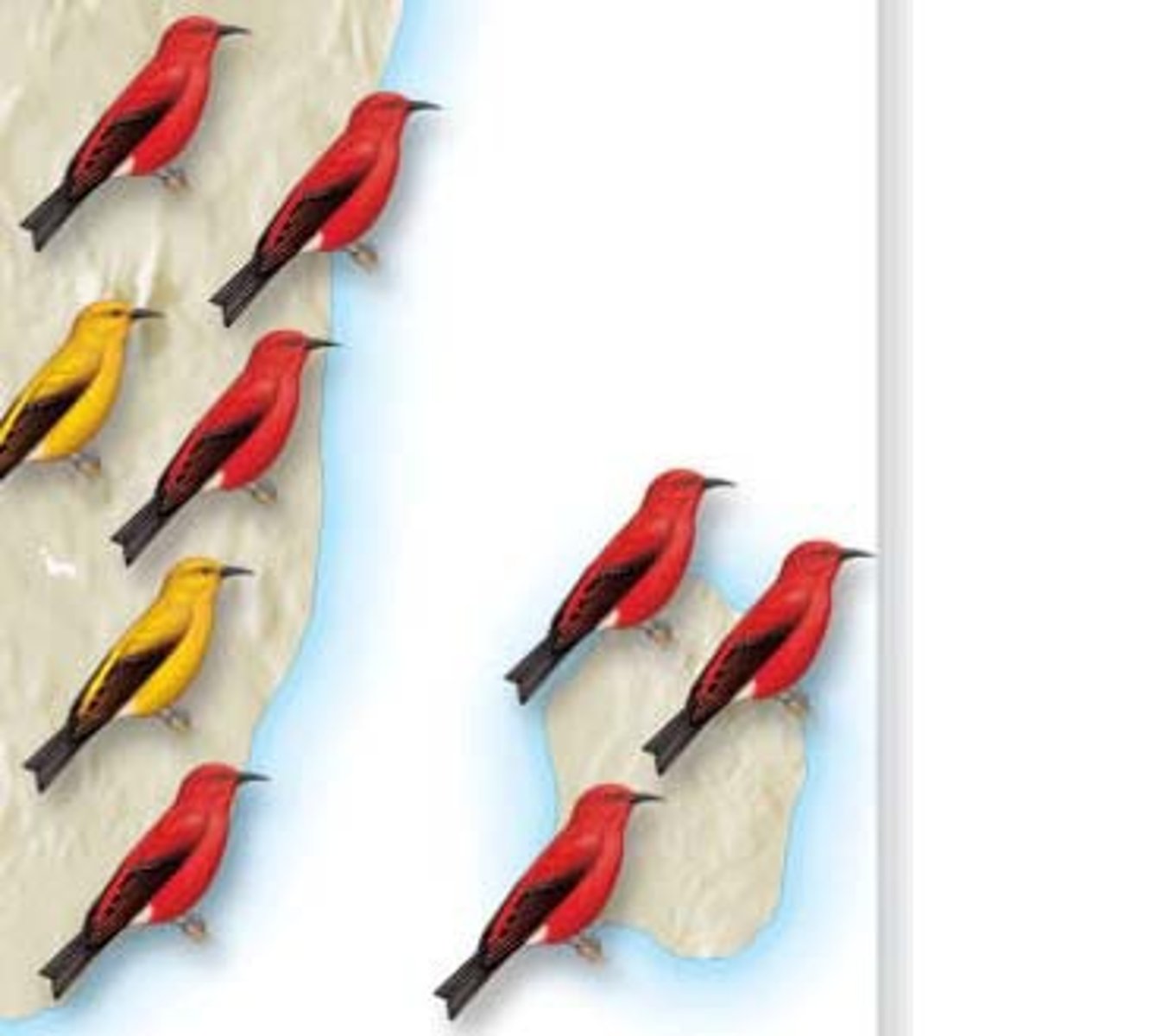
Inbreeding
Sexual reproduction in which reproductive partners will be closely related.
Assortative Mating
The type of mating that occurs when an organism selects a mating partner that resembles itself
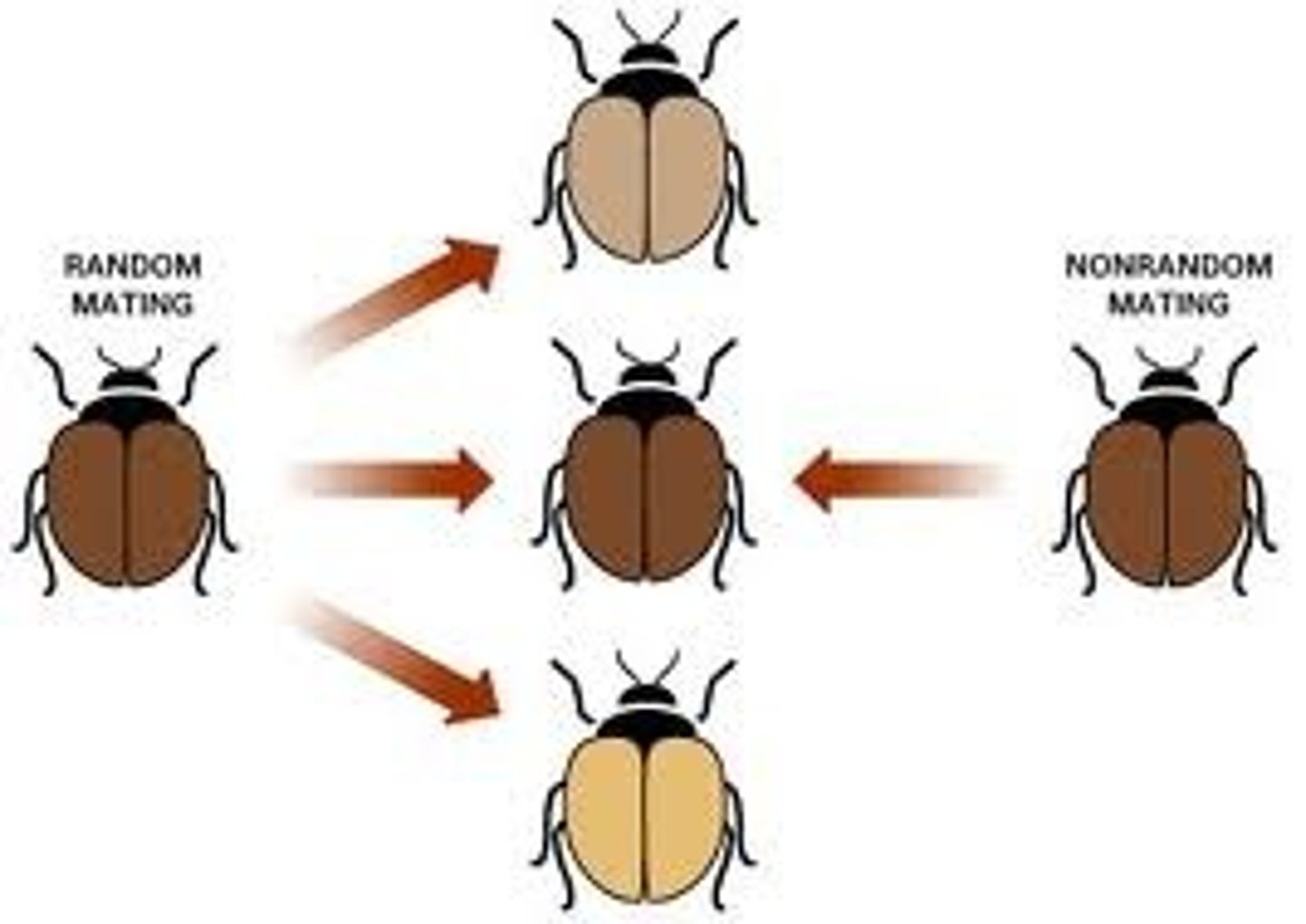
Biological Fitness
A measure of the ability to survive and reproduce relative to other members of the population.
Adaptation
A characteristic that improves an individual's ability to survive and reproduce in a particular environment. Animals and plants must adapt to living and nonliving factors of the environment.
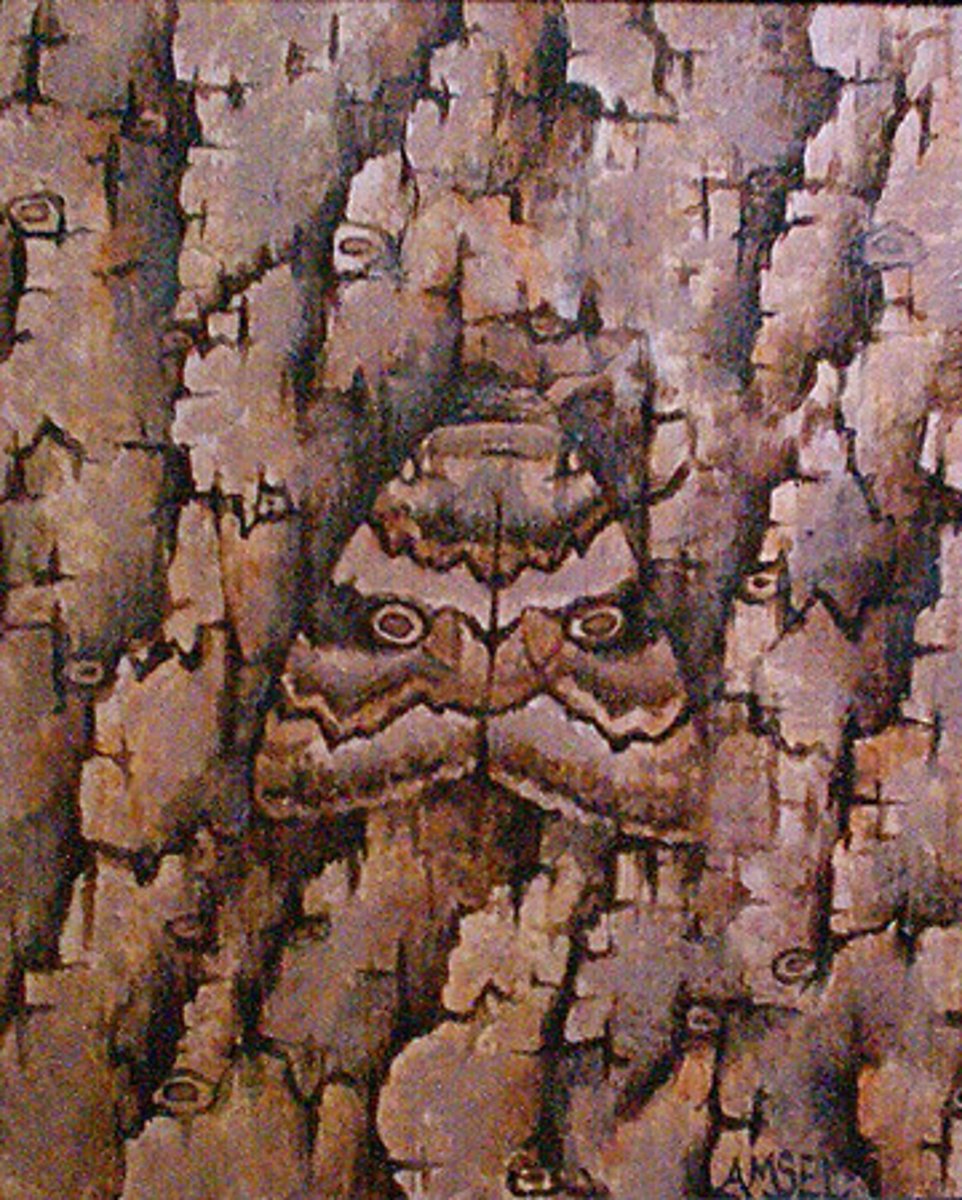
Competition
The struggle between organisms to survive in a habitat with limited resources. It is one of the main sources of natural selection. Normally done between individuals of the same species.
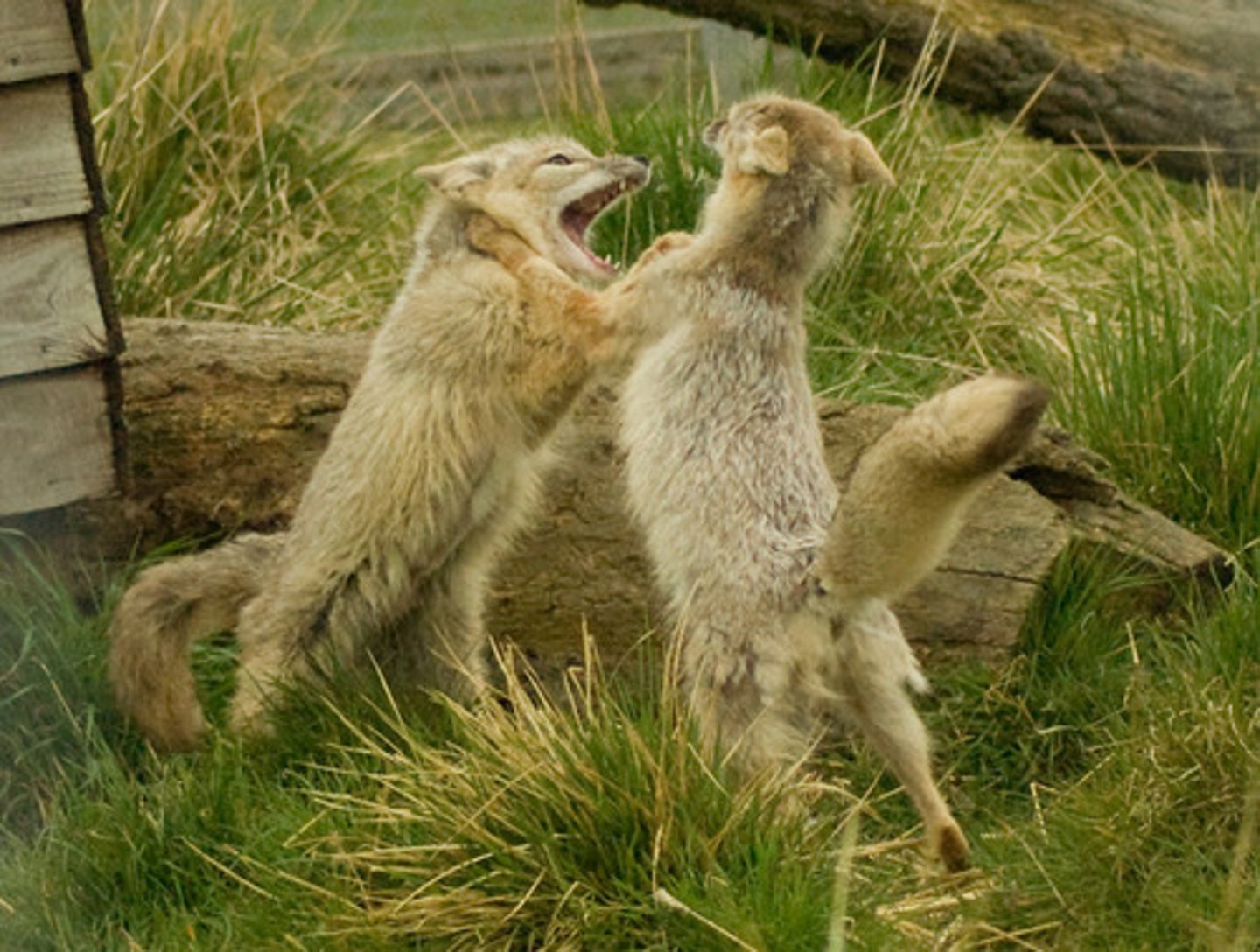
Coevolution
Process by which two species evolve in response to changes in each other. This happens when one species evolves a new feature or modifies an old one and the other evolves new adaptations in response.
Predation
An interaction in which one organism captures and feeds on another organism. Predators will kill the less "fit" of a prey population thus resulting in only the more "fit" will survive and reproduce more.
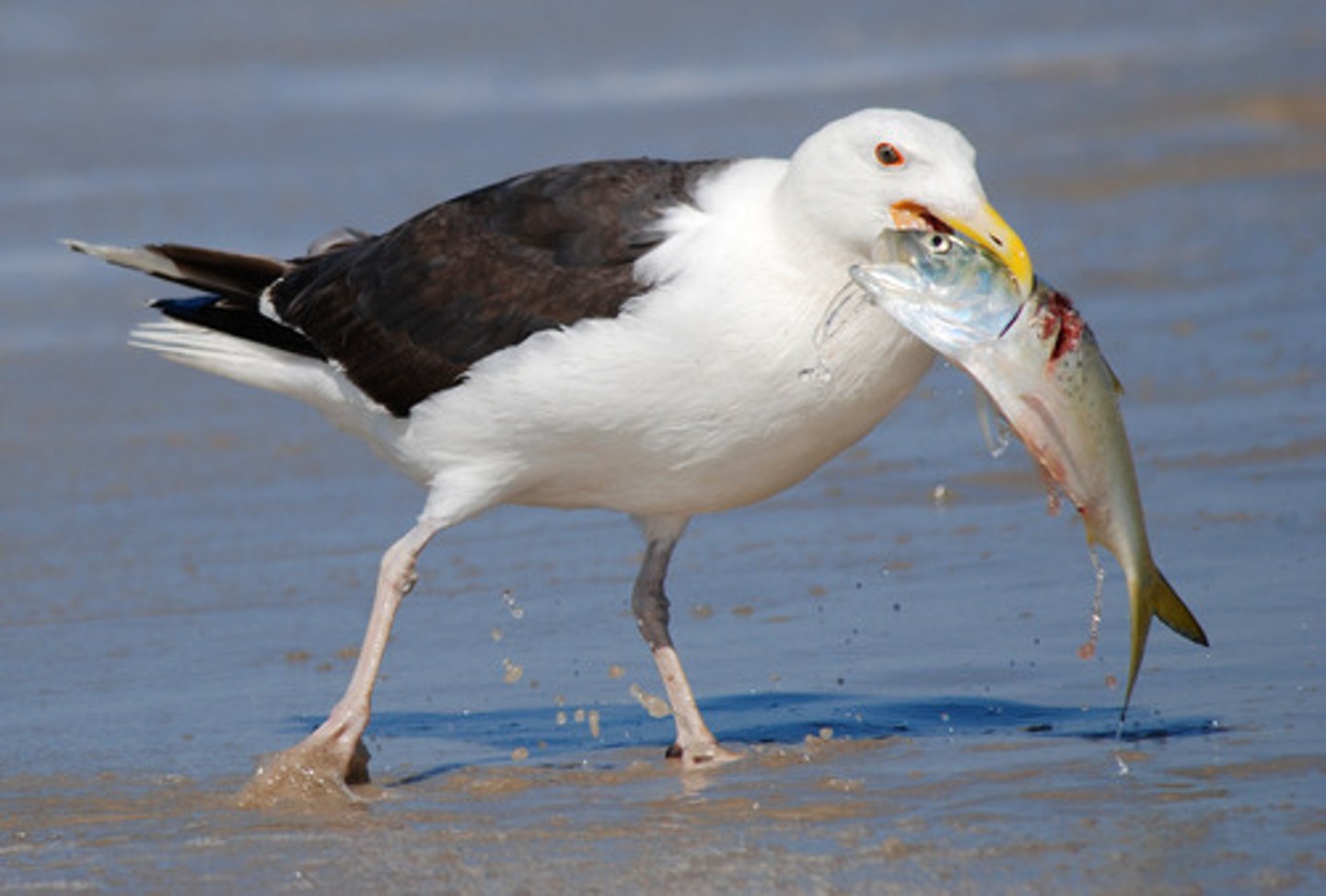
Sexual Selection
A form of natural selection in which individuals with certain inherited characteristics are more likely than other individuals to obtain mates. Females normally chose the more appeasing males than less appeasing males so, these males will have a higher chance of reproducing than the other males.
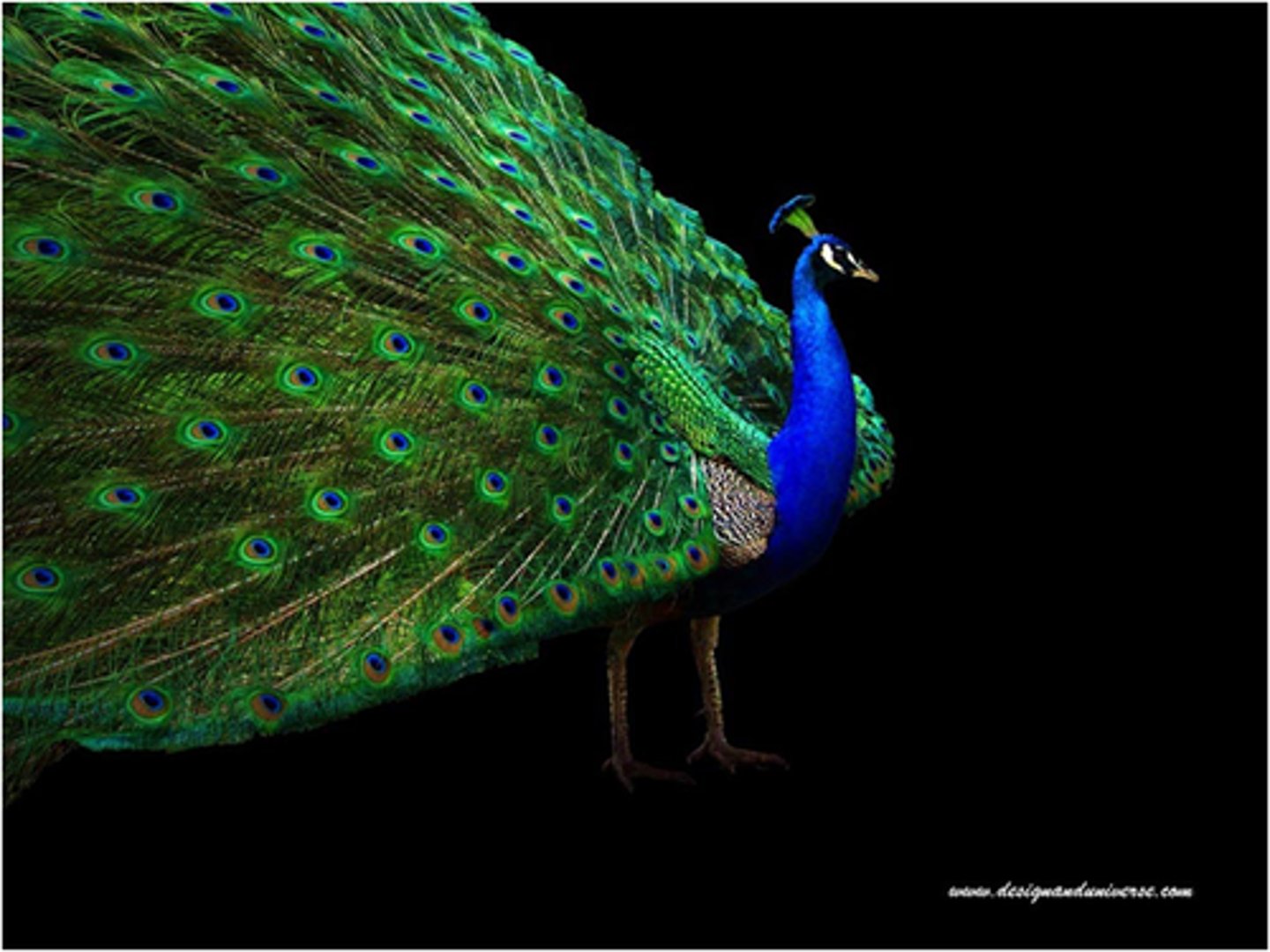
Directional Selection
When natural and sexual selection favor the individuals with an extreme condition of a trait against average individuals and individuals at the opposite extreme.
Stabilizing Selection
When natural and sexual selection favor individuals with the average condition of a trait rather than the 2 extremes.
Disruptive Selection
When natural and sexual selection favor individuals at both extremes rather than the average ones.
Balanced Polymorphism
A condition in which 2 or more phenotypes exist in a population. Each different phenotype is favored by a different environmental factor. An example of this is sickle-cell anemia and malaria in Africa.
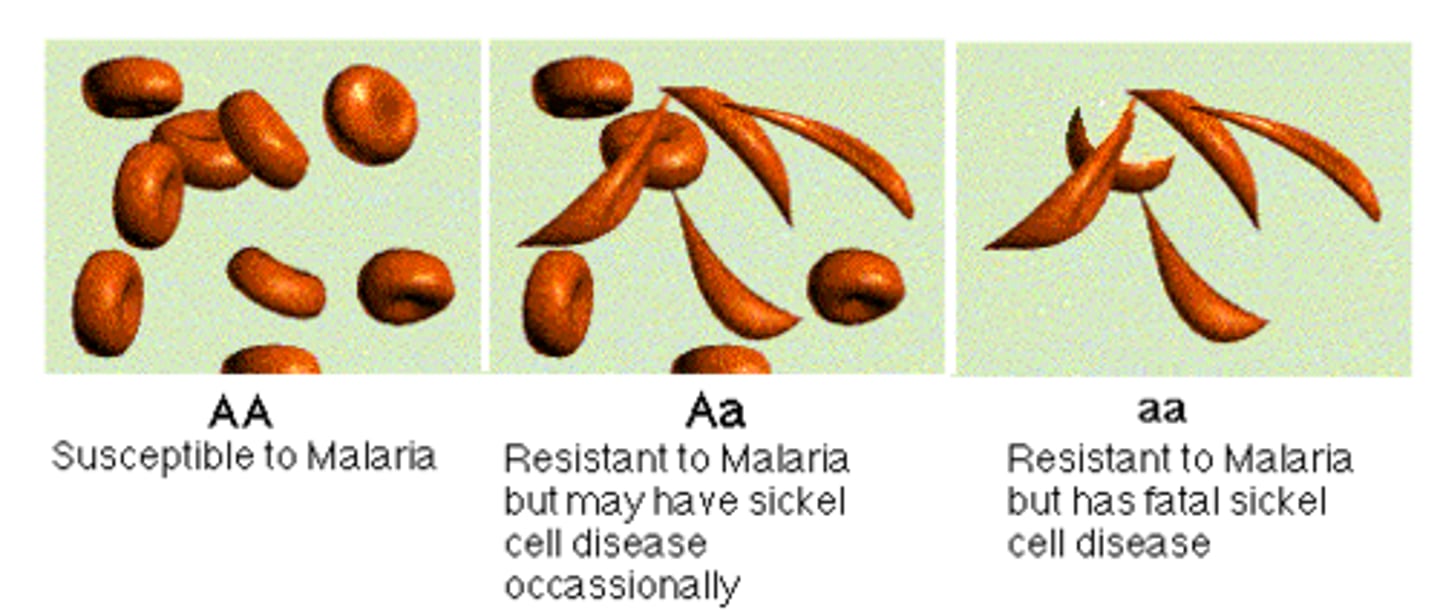
Reproductive Isolation
Separation of species or populations so that they cannot interbreed and produce fertile offspring.
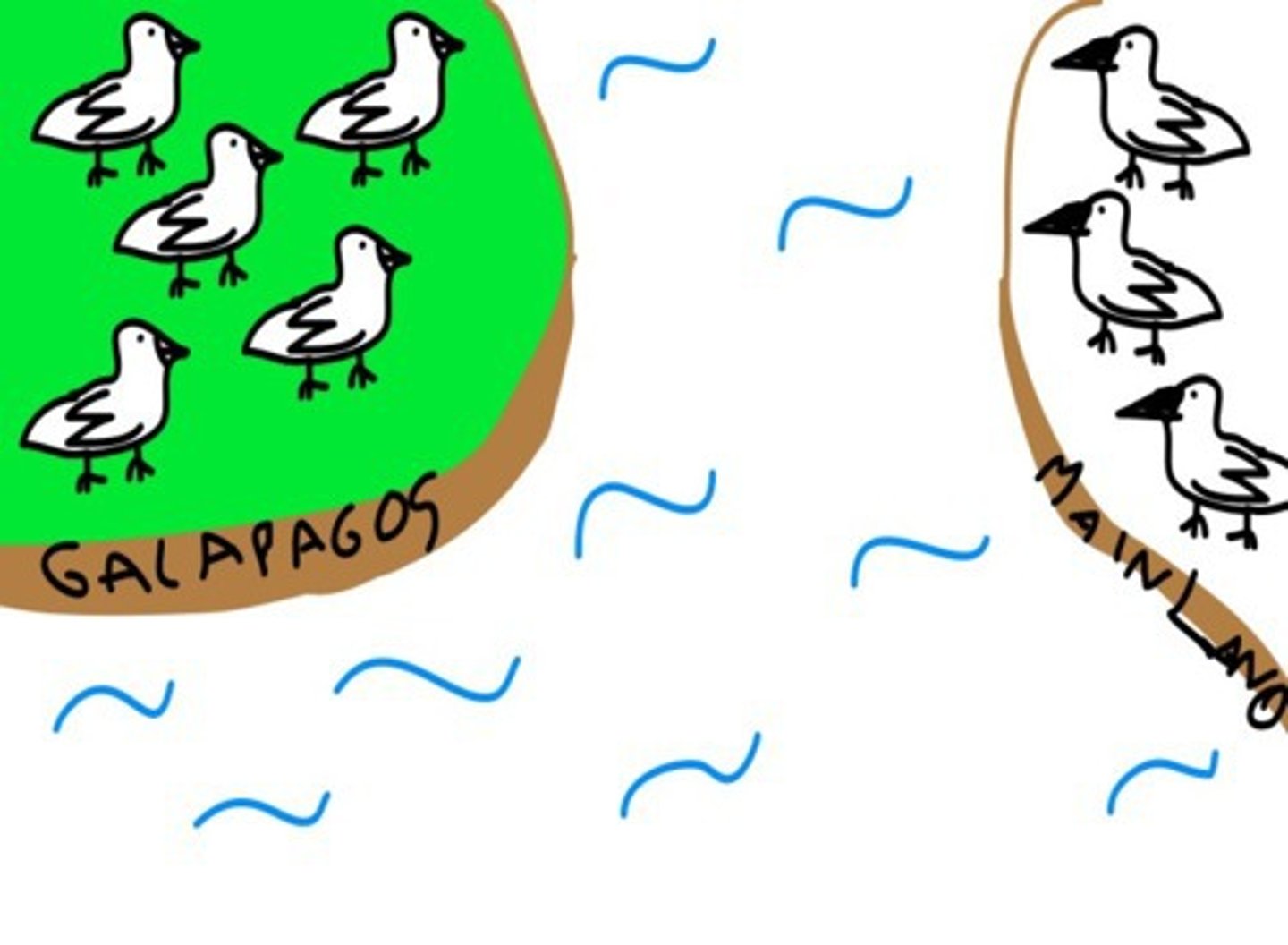
Premating Isolating Mechanisms
They prevent mating between species. In most species, more than 2 mechanisms exist to prevent fertile offspring:
- Geographical Isolation
- Ecological Isolation
- Temporal Isolation
- Behavioral Isolation
- Mechanical Incompatibility
Geographical Isolation
Form of reproductive isolation in which two populations are separated physically by geographic barriers such as rivers, mountains, or stretches of water.

Ecological Isolation
Form of reproductive Isolation in which species occur in the same area, but they occupy different habitats and rarely encounter each other
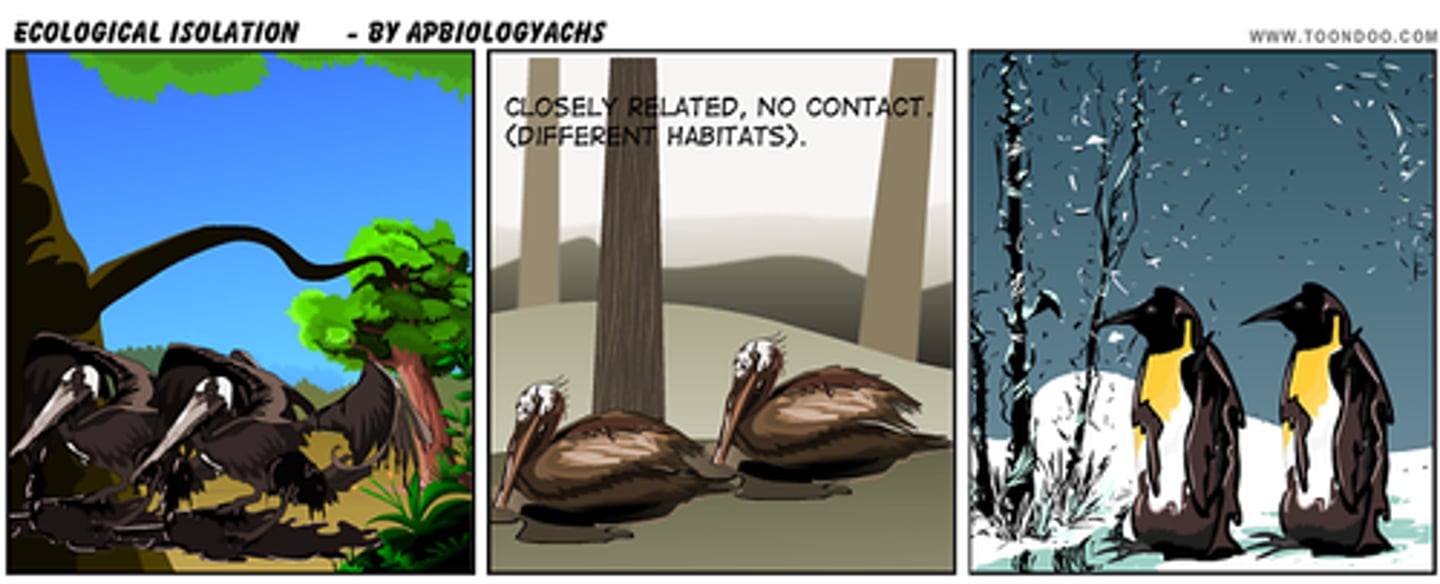
Temporal Isolation
Form of reproductive isolation in which two populations of the same species reproduce at different times so, they cannot mate together.
Behavioral Isolation
Form of reproductive isolation in which two populations have differences in courtship rituals or other types of behavior that prevent them from interbreeding
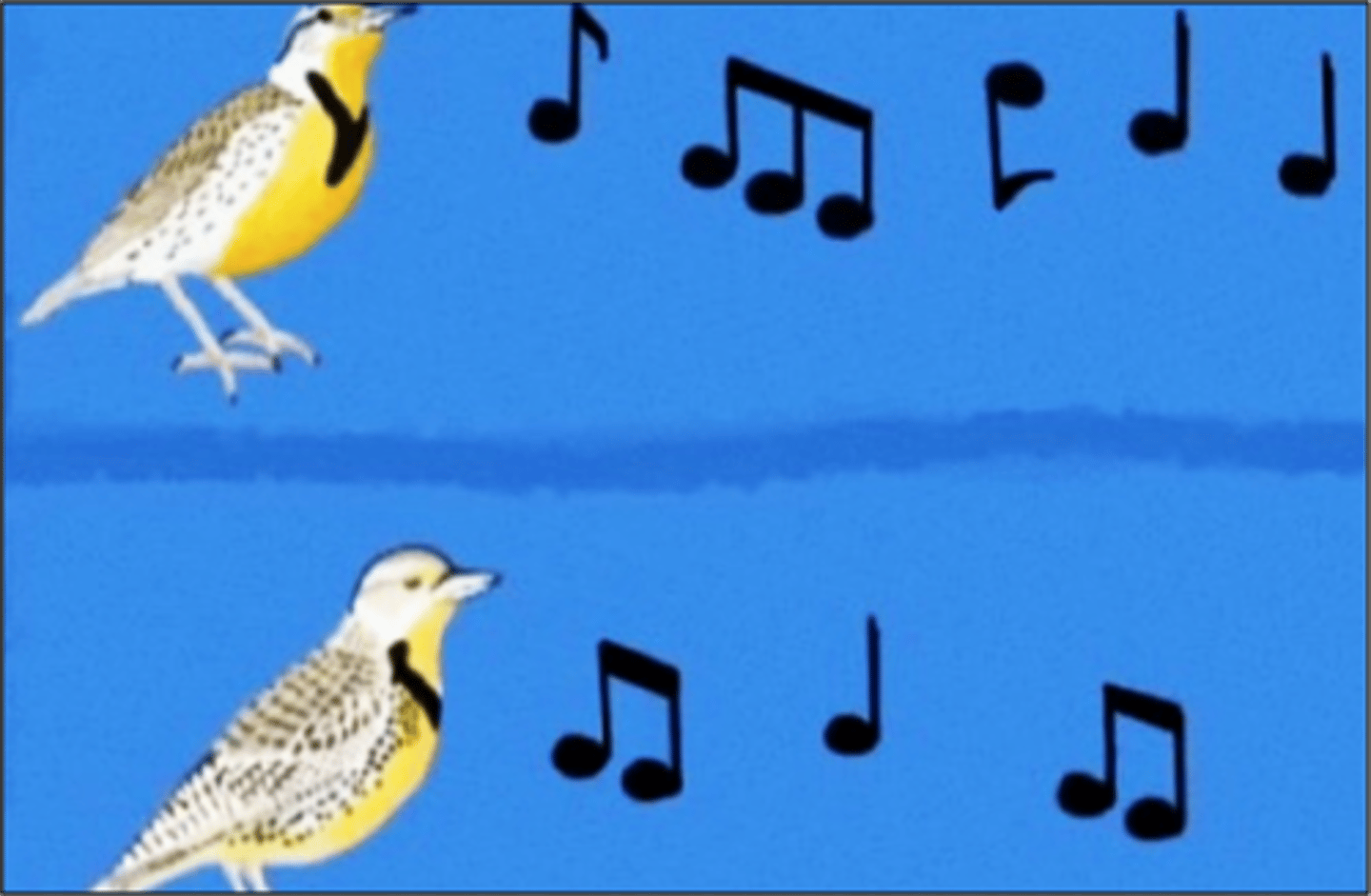
Mechanical Incompatibility
Form of reproductive isolation in which members of different species often cannot mate because their anatomies are incompatible with each other.
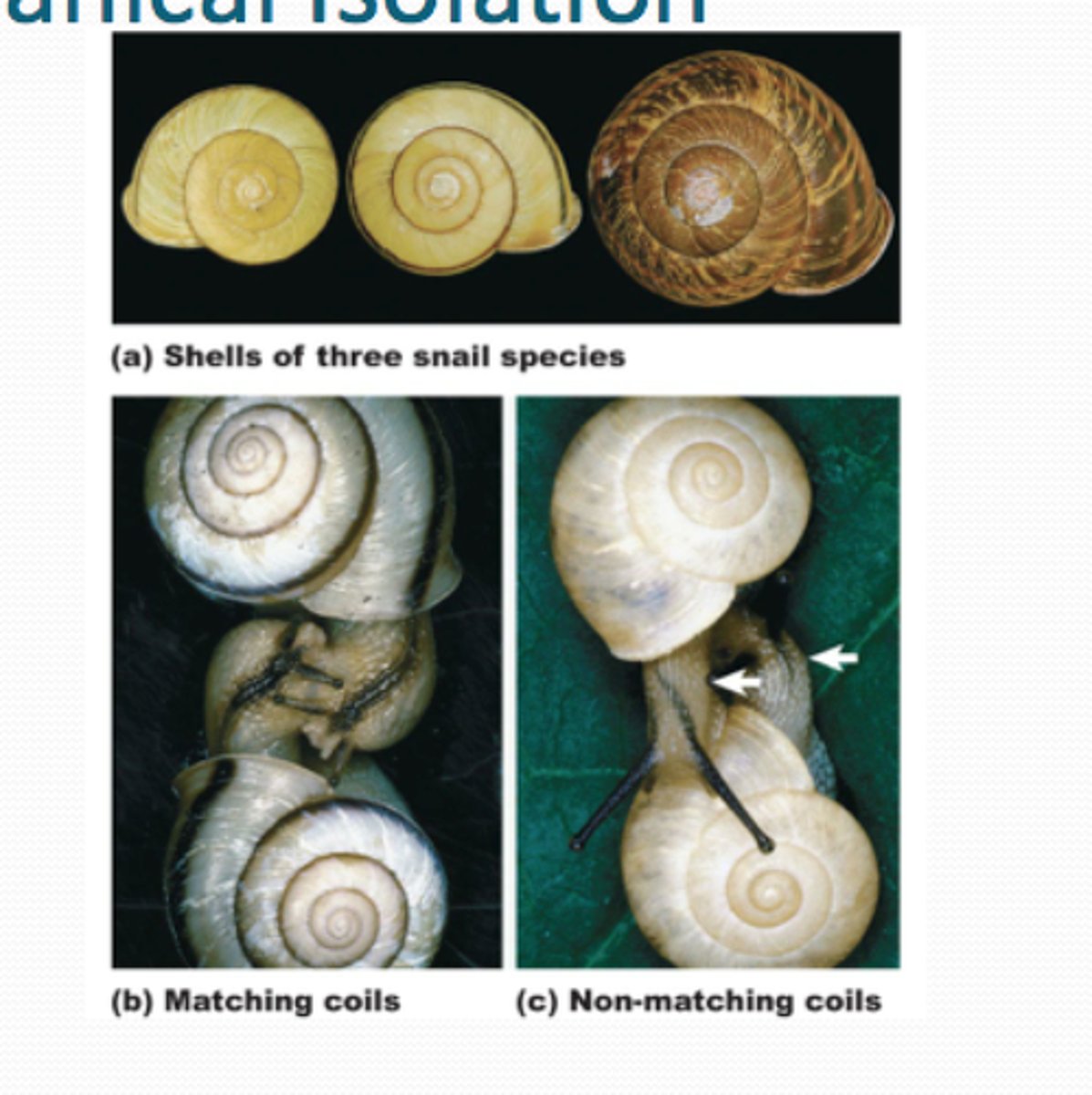
Postmating Isolating Mechanisms
They prevent the formation of fertile offspring after mating has occurred. The mechanisms are:
- Gametic incompatibility
- Hybrid inviability
- Hybrid infertility
Gametic Incompatibility
Occurs when sperm from one species cannot fertilize eggs of another.
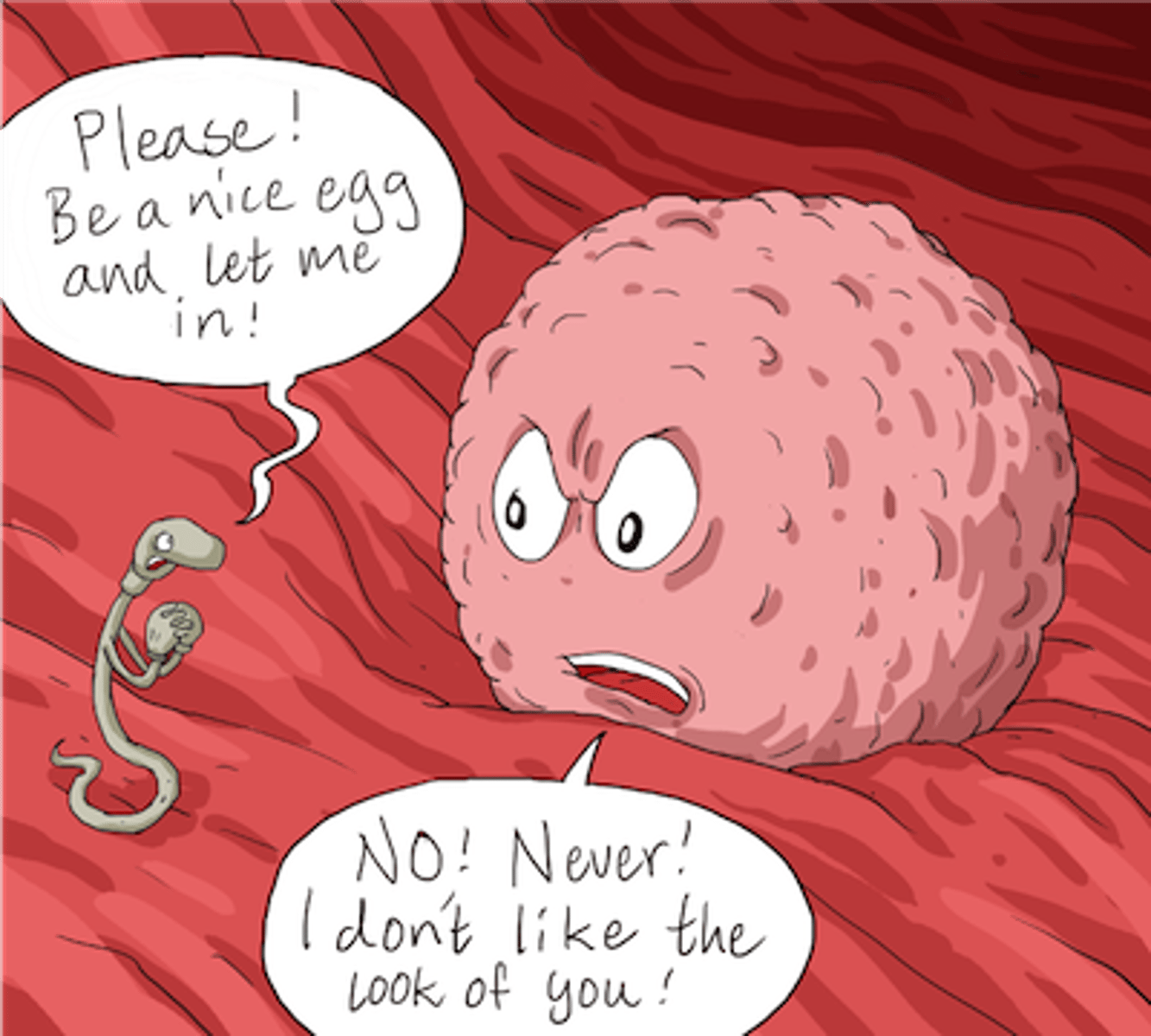
Hybrid Inviability
When a hybrid fails to survive to maturity so, can't reproduce. It could be because it is aborted early in development or as it displays behaviors that are mixtures of the 2 parental types.
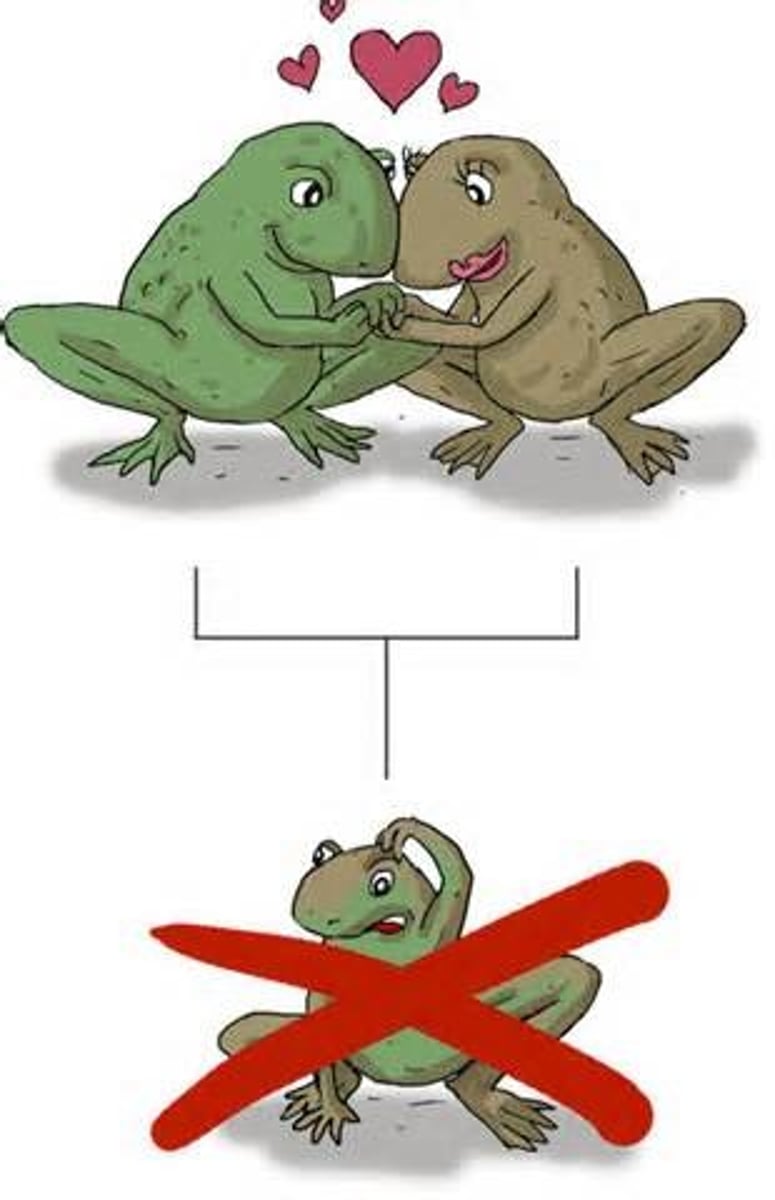
Hybrid Infertility
When hybrid offspring are sterile or have reduced fertility. It happens because the chromosomes don't pair correctly during meiosis so, eggs or sperms don't develop.
Speciation
The formation of new and distinct species in the course of evolution. It depends on 2 factors:
- Isolation
- Genetic divergence
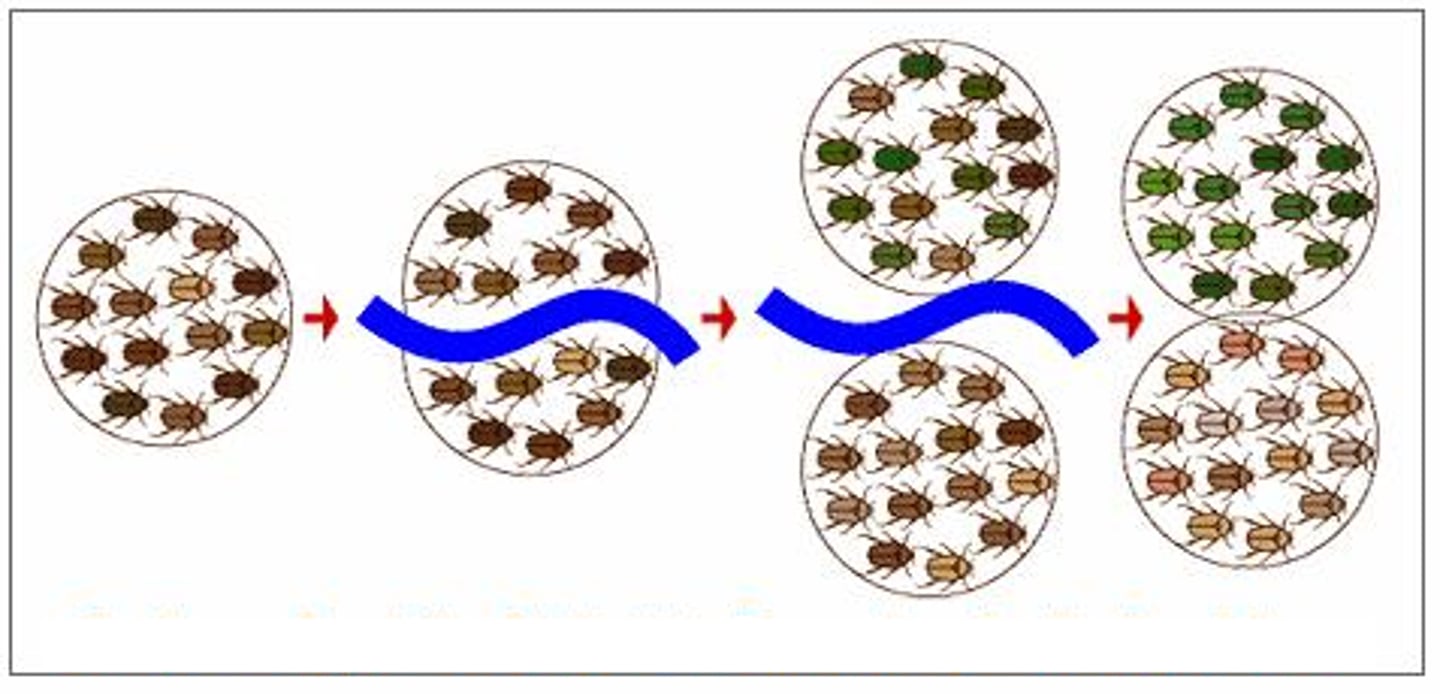
Allopatric Speciation
When the isolating mechanism between members of a species is a physical barrier. An isolated population may change due to genetic drift and natural selection which may eventually cause reproductive isolation.
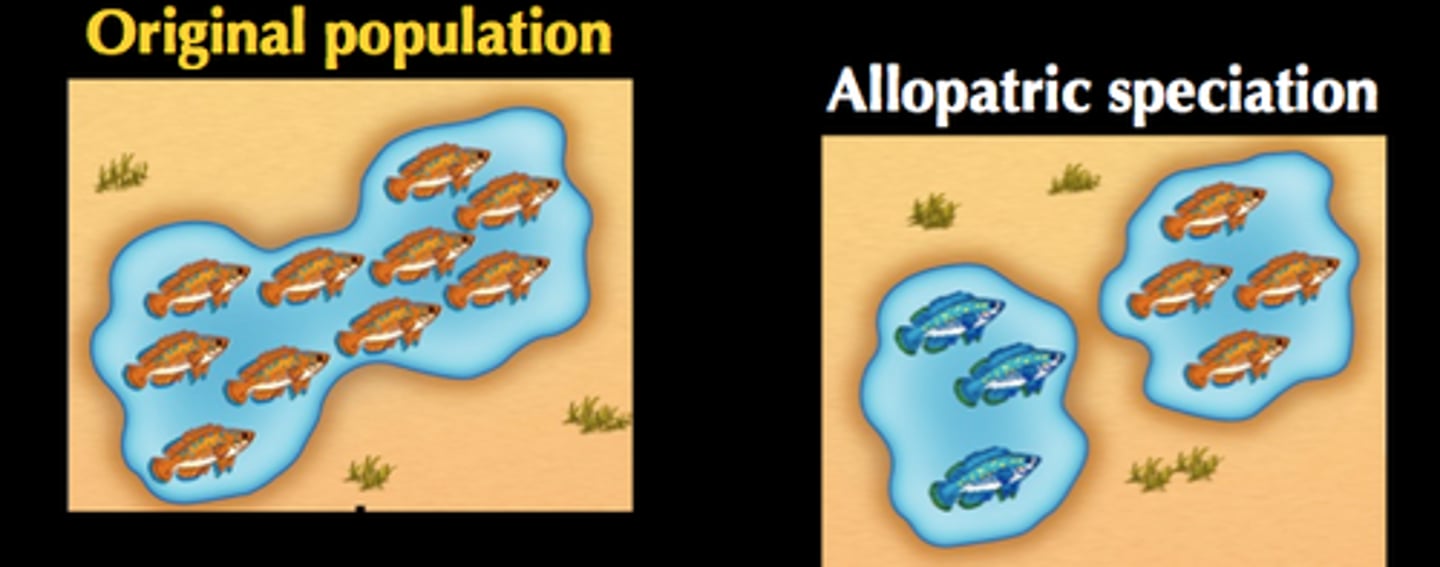
Sympatric Speciation
When isolation between members of a species is not geographic isolation. It happens when 2 populations of a species live in the same geographical area but become restricted to different habitats. They diverge genetically.
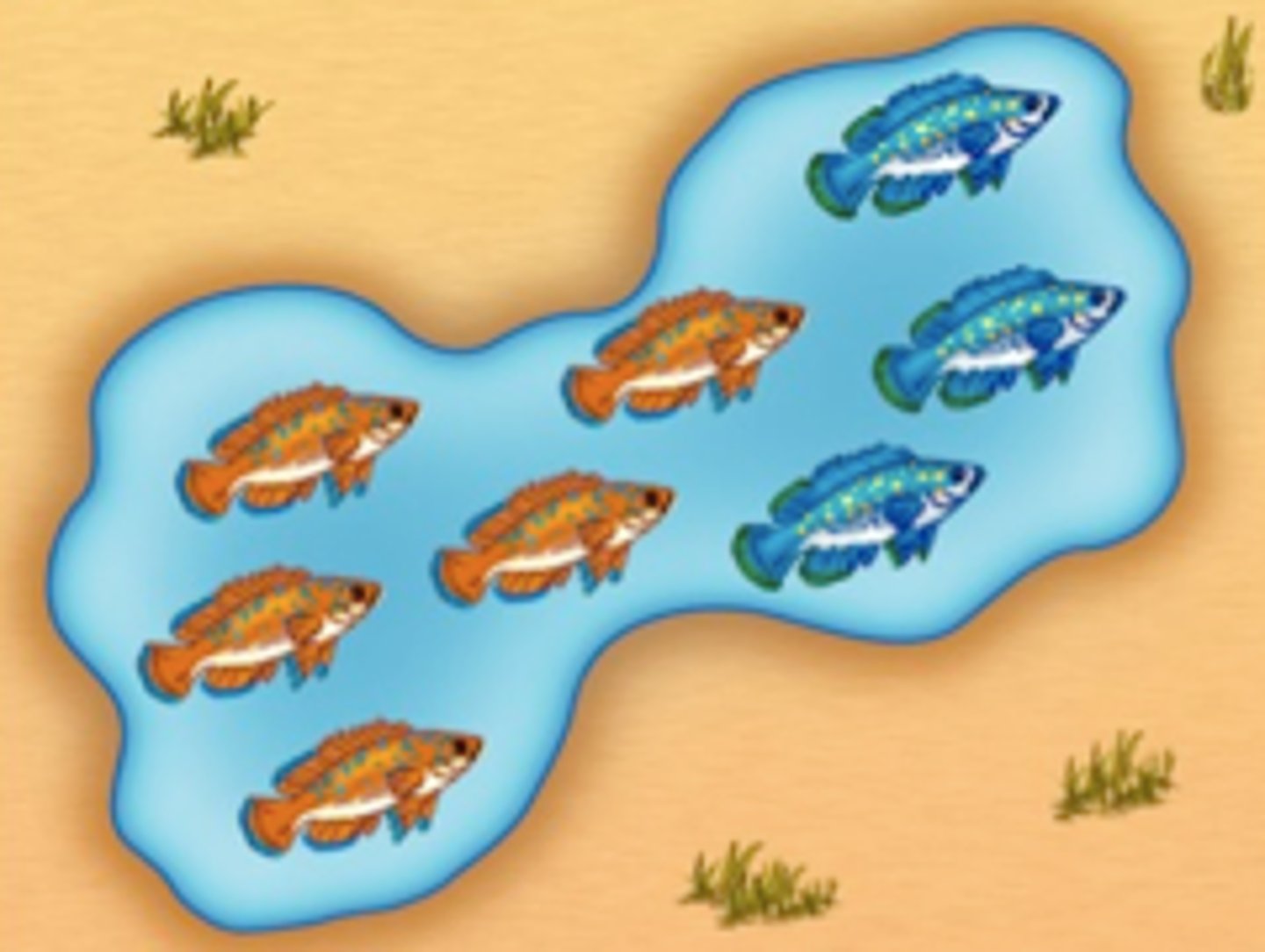
Adaptive Radiation
The rise of many new species over a short period of time. When a population of one species invades a variety of new habitats.
